|
I made this small Pirate boat for my buddy Nick so that he could sail his brave band of adventurers to the Ghost Archipelago in the not too distant future, where he could have many a happy time hunting for treasure and fighting monsters.
I had an idea of what I wanted to make which was a ships longboat much in the style of ones I had seen in many a pirate movie and in particular one I had seen in a wargames magazine many years ago. I did actually find plans to the pirate ship and longboat from the wargames magazine and whilst the ship itself is a lovely piece I felt that the longboat was somewhat lacking and not well shaped. I still took inspiration from the way it was built and decided to make it more shapely and then drew out the templates for this. With the templates made which I saw as future proofing for when I want to make more of these, I decided to draw around them onto thin cereal packet card to make two sets each of side walls and stern. The deck of the boat was made from 5mm foamboard and the prow made from 5mm balsa wood. So I had a total of 8 pieces for my model being for side pieces, 2 stern pieces, 1 deck and 1 prow, an easy build. The first job was to glue the prow to the deck of the boat and once dried I cut a 5mm strips of double sided tape which I attached all the way around the side of the deck. I then took one of the side pieces and with some super glue along the front inside edge that made contact with the prow I pressed the whole piece into place until the glue has set. The other side piece followed and then the stern piece, which was glued to the rear edges of the side pieces with super glue. Once all the glue was fully dry I decided to attach the second set of side and stern pieces to the boat to add thickness and strength to the boat, this was done by attaching double sided to each new piece and pressing the pieces into place and again using superglue on the edges. Next job was to cover the whole piece with one of my handy wallpapers which I had made to simulate wood planking, which was done in a few minutes and it was at this time that I thought that the prow should have been covered or painted first. Anyway it was too late now, so I allowed the whole piece to dry out thoroughly and once dry I painted the prow to match with the rest of the boat. So now the boat was built, or so I thought and I decided to make a base which was to add some waves and also weight to the piece so I cut an irregular shaped base out of vinyl tile and put it to one side for later use. This led to me think that the boat needed a sail, so I made a mast out of 6mm dowel and a yardarm for a lateen rigged sail out of 3mm dowel. These were painted and the mast fixed into place by poking a hole through the deck in the place I wanted the mast and glued it into place with PVA glue. With the mast in place and the yardarm offered up to where I wanted to later attach it I realised that the boat needed a bowsprit and a rudder. The bowsprit was cut out of 3mm dowel and painted to match the mast and glued in place on top of the prow with super glue, and the rudder was made from 3mm balsa wood which which was glued in place and painted to match the plank effect sides. A rudder arm was made from 3mm dowel and painted to match the mast and glued to the rudder with super glue. With the construction almost complete I glued the boat to the base and left it to dry while I tackled the sail. Funnily enough and most coincidentally the lateen sail on the original plans from the pirate ship from the magazine was exactly the right size for what I wanted and so I printed out a copy and simply cut it out and painted it cream with white highlights. Once dry I ran a bead of superglue along the top edge and offered up the yardarm and pressed it into placeand once dry I attached it to the mast in a position I felt looked good. The next job was the sea effect which was simply ready mixed filler applied to the base to make choppy little waves, something I used to do years ago when I owned a fleet of WW2 micro ships, this was left to thoroughly dry out on a totally flat surface. The sea was painted a darkish blue and again left to dry thoroughly as I had to thin the paint so it would carry into all the nooks and crannies of the choppy surface. the next thing was to paint over the dark blue with a nice mid blue allowing a little of the darker blue to creep through in places and finally a few minutes later I dry brushed some white over the waves to complete the painting. The boat was left to dry out for a few hours and then I varnished it all with a coat of matt acrylic varnish and left to dry out again. At this stage I decided I did not was to rig the boat as it would only get in the way when playing a game with clumsy hands putting figures in and out of the boat. The only thing left to do was varnish the sea with some gloss varnish which Nick decided he would do himself at a later date. So that was it, a simple relatively easy to build model boat which cost pennies to make and looks really nice on the table top and it carries a crew of 8 if they are on 25mm circular bases.
0 Comments
I built this a couple of months ago to go with my ever increasing lot of buildings & scenery for my Frostgrave setup. The idea came from my wanting to have different levels of terrain for my Frostgrave games as my terrain board is split over different levels to add to the general mayhem of the four player games I usually play with my gaming buddies.
To that end I wanted a graveyard that was raised above the surrounding terrain with only one access point being the stairs. To start with I had a piece of cardboard packaging lying around which was 240mm long x 200mm wide x 45mm deep, which seemed about the right size for what I wanted. I then decided to fix a wall around it made from foamboard which was cut to a height of 60mm which allowed for a wall 15mm higher than the graveyard. Once glued in place I decided upon an entry point and cut an opening 30mm wide, which was so far so good and only a few short minutes of work. The next thing to do was build the stairs leading up to the graveyard level which needed some planning to get the stair treads to match the height and position of the opening, at this stage I realised that I should have built the stairs first and then cut the opening last. The stairs were made from 5mm foamboard with a width of 30mm and each one glued in place to match the position of the opening. Fortunately the stairs matched perfectly with the opening so I then built the walls to enclose them so that they looked in keeping with the rest of the graveyard. The next thing to do was to wrap the entire set of walls with a home made stone effect wallpaper which I regularly use on projects like this. The stairs were done first and separately from the main walls as they were not yet glued in place for this reason. The rest of the graveyard walls were then done and once everything was dry the stairs were glued in place, finally everything was sealed with a coat of clear acrylic matt varnish. The grave stones were next to be tackled and as I already had some resin gravestones from an old abandoned project lying around I painted them up an decided to position them. I wanted 2 rows of gravestones and allowed 30mm all around them for figure placement and 30mm between the rows for the same reason. When happy with the positioning of the gravestones I glued them all in place and painted the ground dark brown and once dry I used brown scatter material to simulate dirt. The final stage was to apply the snow and frost to the whole model, the snow banks were made from Woodland Scenics snow scatter material mixed to a paste with PVA glue and this was applied wherever I thought snow would gather. Once dry the whole model was scattered with the snow effect scatter material to simulate frost and that was it all finished. I finished this piece recently for a customer as part of an ongoing project. Basically it was a resin Pigsty with a few broken bits of wattle fencing that he wanted making into an enclosure to hold many bases of pigs and piglets. There wasn't enough wattle fencing to make a useful enclosure so I decided to add a hedge made from some sample resin pieces that I had lying around. This just left me needing a gate which was made from matchsticks and a few dowel fence posts and I had all that I needed. With all the pieces glued in place on a piece of vinyl tile I painted everything and then applied the basing, which is a mixture of sharp sand and brown paint (like Basetex, but far cheaper). Once dry I applied bushes and long grass then I covered the hedge with scatter flock and a lighter flock applied in patches around the base to finish it off. That was it, all done and ready to be used on the wargames table, a really useful building that could be used for many periods or settings.
As Christmas approached a couple of months ago I was scratching my head as what to get my best pal Nick as a present as I usually make him some sort of scenic piece or paint up some figures for him. We had been playing Frostgrave and wanted to make him something for that so I thought about a storage box for his figures which was magnetic so that he could transport them from his house to mine.
After one game we were talking about where each of our warbands were going to be holding up while not ferreting through the ruins of the city and he said that his would be at a pub, 'The Broken Drum' to be exact. That got me thinking about making the storage box in the shape of a pub, something that would safely store his warband, cards and dice between games and with a bit of thought and planning could also be used as a terrain piece in its own right. At that time I had purchased some Dave Graffam buildings on PDF and there was a very suitable pub building in with the lot that I bought and so I used that as the basis and plan for the build. I decided to cut out an exact replica of the pub in foam board and glue it together and then down to a hardboard base as this would strengthen the model and make it usable as a carry box. Next I printed off and cut out the model parts onto good quality paper and using PVA glue I glued in place all of the walls. With this done I cut the roof out of very thick card and glued supports in place, once done the roof sheets were pasted down and trimmed. The chimney, dormers, balcony and wood bunker were all pasted to cereal packet card and cut out, assembled and glued in place. For the interior I painted the walls and with extra sets of doors & windows I glued copies where all the door and windows would be on the inside. I then put in the floor which was cut out sheets of magnetic fridge magnet material and glued in place finally covered with flagstone effect paper. After that I painted the top edge of the walls and the underside of the roof black or grey where the roof hung over the walls. The next thing was the pub sign which I made the bracket out of balsa painted to fit in with the rest of the building and a pub sign of 'The Broken Drum'. When the model was finished I painted it all over with acrylic matt varnish for protection and once dry the base was finished off with scenic scatter, bushes and flowers. All in all it took a lot longer than it would to make the original building kit, but the extra effort was well worth it and does tick all the boxes for what it was intended for. Even at an angle of 45 degrees the magnetic sheet holds figures perfectly in place and I know that it will get plenty of use in the coming years. I recently decided that it would be nice to have some windmills for some of my 28mm games and wanted something that would look good and also be fairly generic and easy enough to make and as I didn't want to spend around £30.00 on an unpainted resin model or £15.00 on an unpainted MDF kit, I decided to make one instead. I liked the look of Spanish style windmills and there is an old mill near to where I live which although red brick is a similar sort of style, so I decided to make one of each and here is what I made, and yes the sails do turn. If you really like these windmills then they are actually for sale on the 'For Sale' page of my website at only £15.00 each as I have since made some more windmills of the exact same style for myself.
A bit of a weird title, but nonetheless quite apt when you discover the details of this posting, and without beating around the bush it's all about trees and the use of old (or even new) Christmas trees. Basically, just over three years ago I was sorting through the Xmas decorations in readiness for them being put up when I discovered one of the trees had an issue with its legs, a missing one to be exact, and as it was old I decided to throw it out and buy a new one. As is the usual way with wargamers all over the world I started looking at it wondering how to use it productively in my hobby and obviously came to the conclusion that trees could be made from this tree. Not much of a leap to be fair, but it was a leap in the right direction, so I duly set about cutting all the little branches up with my heavy duty clippers. What I ended up with was lengths of branch between 4 and 6 inches approximately and lots of them as it was a six foot high tree. The next thing was to assemble the tools and materials needed to transform these into useable model trees being: a jigsaw, drill, hot glue gun, metal ruler, paint brushes, pencil, heavy duty clippers, sharp knife, PVA glue, sandpaper, lengths of 4mm garden canes, 6mm MDF board, scatter flock and an old newspaper. With all the tools and materials assembled I cut lengths of cane between 4 and 6 inches long, trying to vary the lengths but not have any waste from the 2 foot long lengths of cane. Once done I sorted out the lengths of branch so that I had a pile of short lengths and a pile of long lengths, this makes things much easier as you make the trees. Next I took a small length of branch and a length of cane and wrapped the branch around the cane about 1 inch from the top and then I bent one end up and one end down as per the photo's below. Then I took another short length and again wrapped it around the cane about half inch from the top and bent both ends of the branch slightly upwards. This was followed by another short length wrapped just below and this time its branch ends were left facing at right angles to the first ones and bent slightly up. At this stage I had the top of the tree done so I took another short length and placed it parallel to the trunk overlapping what was left of the first piece of branch going down the trunk. I took another piece of branch and wrapped it around the trunk securing the trunk piece again bending the branch ends slightly upwards. At this stage there was no glue involved as the branches held each other in place, again the photo's below help explain the procedure. So, I carried on down the trunk adding new branches at about three quarter inch intervals until I had enough left to look like a lower trunk. This I repeated until all of the branches were used up. With the trees made I decided to make bases, now these could be single grouped, removable or done in any way I wanted but I decided to go for groups of between 3 and five trees. I simply took my MDF and marked a 3 inch grid in pencil, after which I marked a circle roughly at the centre of each grid square. Then I marked on the shape of each group of trees rounding off edges and making the group shapes look more organic. Once done and happy with the configuration I took the jigsaw and cut them out, trimming off any unwanted bits. With a sharp knife and sandpaper I bevelled the edges of the bases and and sanded them until they looked nice and neat. I took each base and drilled out an hole as marked at the rough centre of each grid box and lightly sanded them to take off any burrs. with the bases totally ready I started gluing the trees in place with my hot glue gun, making sure the bottoms of the holes were well filled with glue and any extra trimmed off with my knife. At this stage I had 53 trees each between 5 to 8 inches tall all ready to be flocked. Now this could be done with spray glue and flock, but I used PVA glue and a paint brush, which to be fair was quite quick and easy to do especially as the trees were on bases. The PVA also glues the trees to each other which helps to strengthen them. The last thing to do was to texture the bases and that was it, 53 very large trees for the price of an old Xmas tree and some pretty cheap materials. As you can see in the photo's above the trees are pretty large and imposing and look far more natural than perfectly shaped bottle brush trees. As for getting trees, now is a great time of the year to shop for such things, and I do happen to know that on ebay you can get them for less than £15.00 including postage. Also look out for them being sold off cheap after Xmas at various shops.
These are some monsters that I based for Frostgrave recently. Various makes of figure and some that I painted over 20 years ago, well except for the Wolfman he was painted recently. From top to bottom are the Wraith, Vampire, Mummy, Wolfman, Ghost and Ghoul. The Wraith, Vampire and Ghost are froma range of figures sold by Tabletop Games in the 80's, The Mummy is a plastic Hero Quest figure, I haven't a clue about the Wolfman other that to say it had Super Villain stamped on the top of its base and the Ghoul is from Games Workshop.
These are some animals that I recently painted for my Frostgrave games being from top to bottom: A Snow Lion (I haven't got a Snow Leopard), A Frost Bear, A Giant Boar and A Snow Ape. I haven't a clue what make they are as I have had them years and they were second hand when I bought them, all I do know is that they are all white metal and actually rather nice pieces. If I had to guess as to the make of figures (and it would be a complete guess) I would say that the Lion, Bear and Boar were from Irregular Miniatures and the Snow Ape from Ral Partha, if anyone knows better then please let me know.
This is my warband for Frostgrave all finally finished. The last two figures are painted and based being the Wizard and her Apprentice, both Sigilists and ready to join the rest of the warband. The Wizard and Apprentice are both of course Frostgrave miniatures (a gift from my best mate Nick, cheers mate!) and the rest of the crew are a group of misfits from different manufactures spanning some 35 years or so. The Archers are both converted from Essex Miniatures medieval spearmen, onepainted years ago and one with arms donated from the plastic Frostgrave soldiers set. The Thief and Treasure Hunter are both old Citadel Miniatures from the late 70's early 80's. The first set of Thugs are figures from Essex Miniatures and an unknown make that I painted years ago. The second set of Thugs are from Essex Miniatures and Mirliton, both with plastic arms and weapons from the Frostgrave soldier set. Believe it or not these figures are actually finished with matt varnish, although under the flash they seem quite shiny.
This beauty cost me £1.67 as it came as a set of 3 different ready painted dragons for £5.00 from The Works. All I had to do was base it and it was ready to go, I did think about giving it a wash of colour, but decided not to as it looked good enough as it was. Remember, cheap toy shops are a fantasy gamers friends as they have all sorts of useful figures and creatures you can use. The piles of glittery jewels and coins are glittter, and the snow is from Woodland Scenics.
As for gaming stats I will use the same stats as for a Major Demon with the ability to freeze an opponent with an Icy Breath Attack, this will be a +5 shooting attack against any figure within 12 inches and will also freeze the target if successful, which means the target may take no actions in its next activation. |
AuthorStephen Wylde BA (hons) Archives
April 2020
Categories
All
|
Proudly powered by Weebly

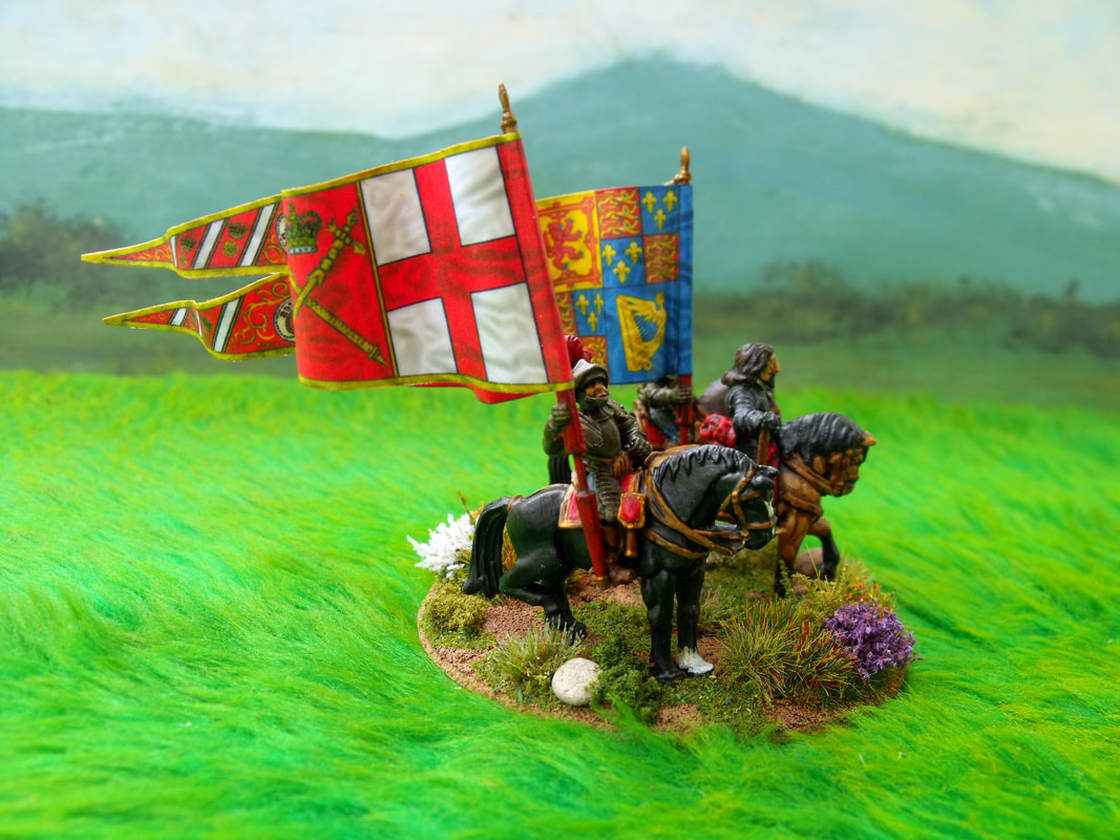
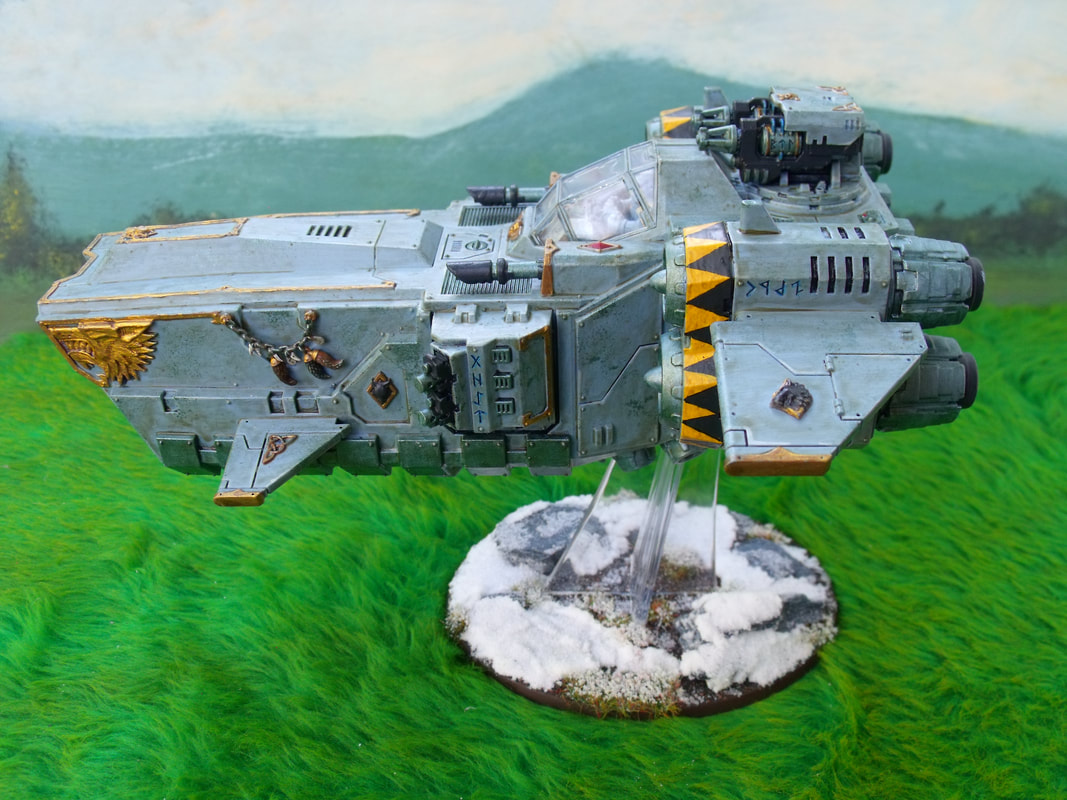


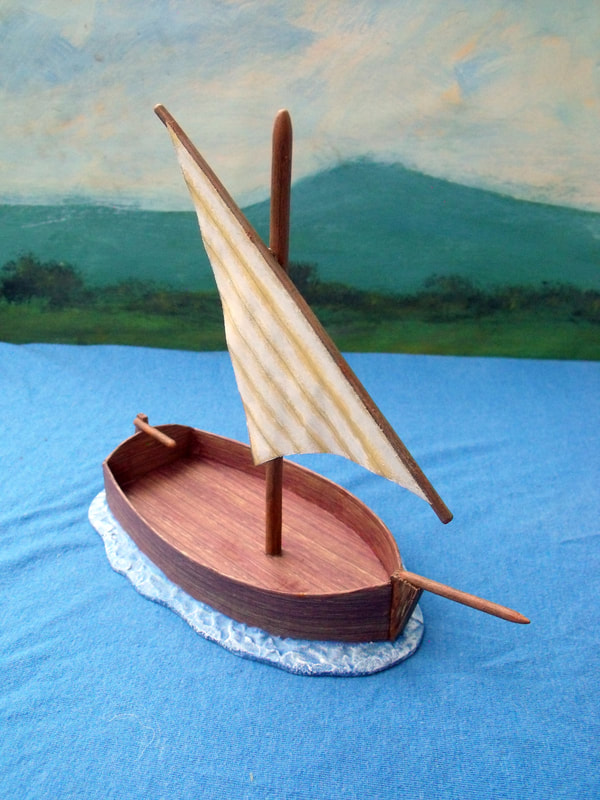
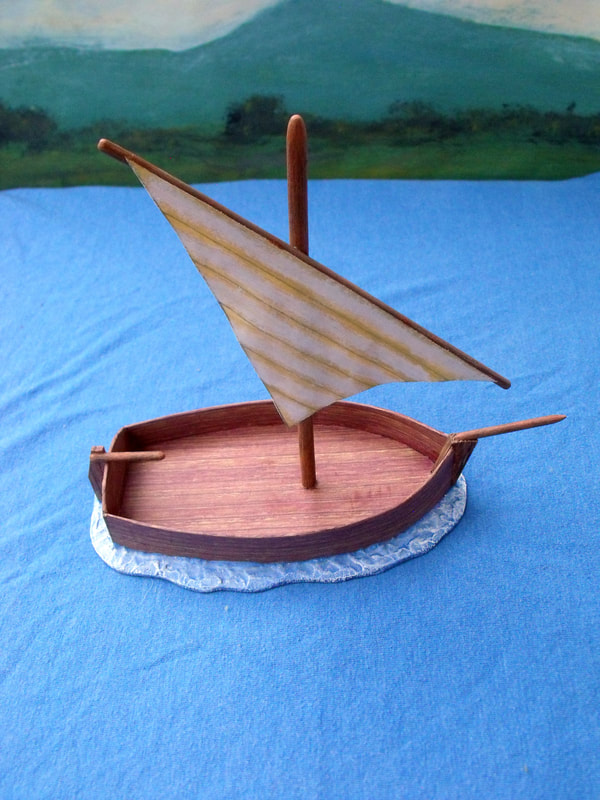
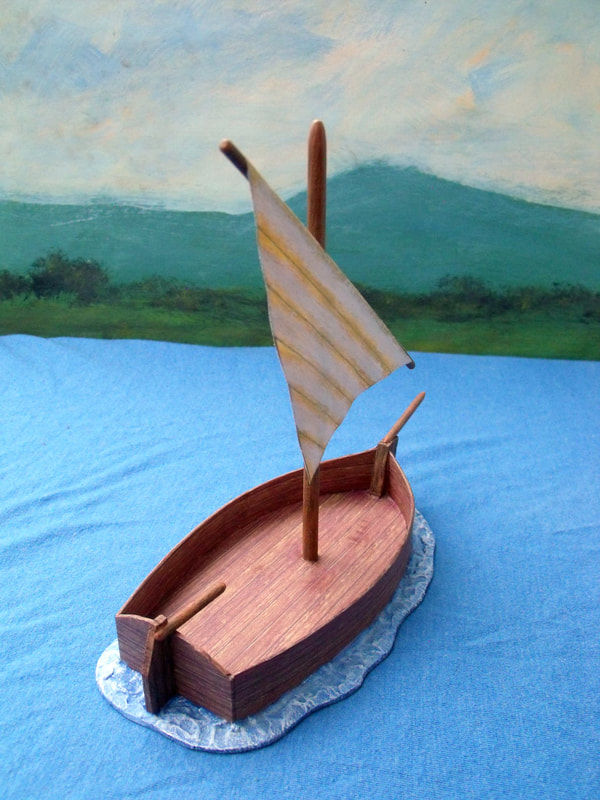

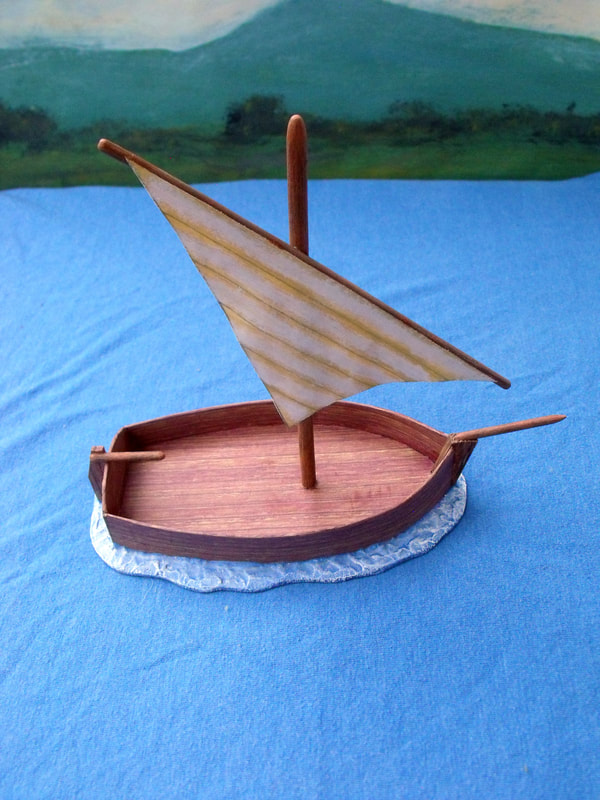
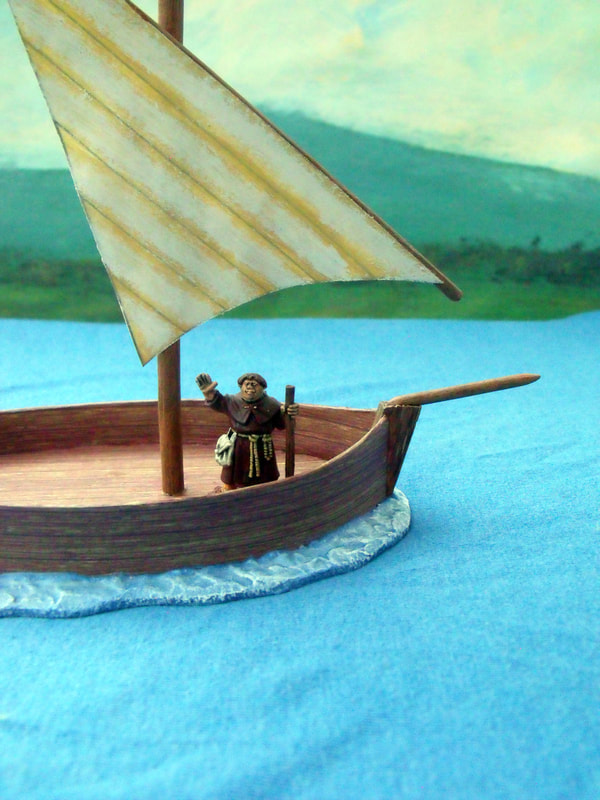

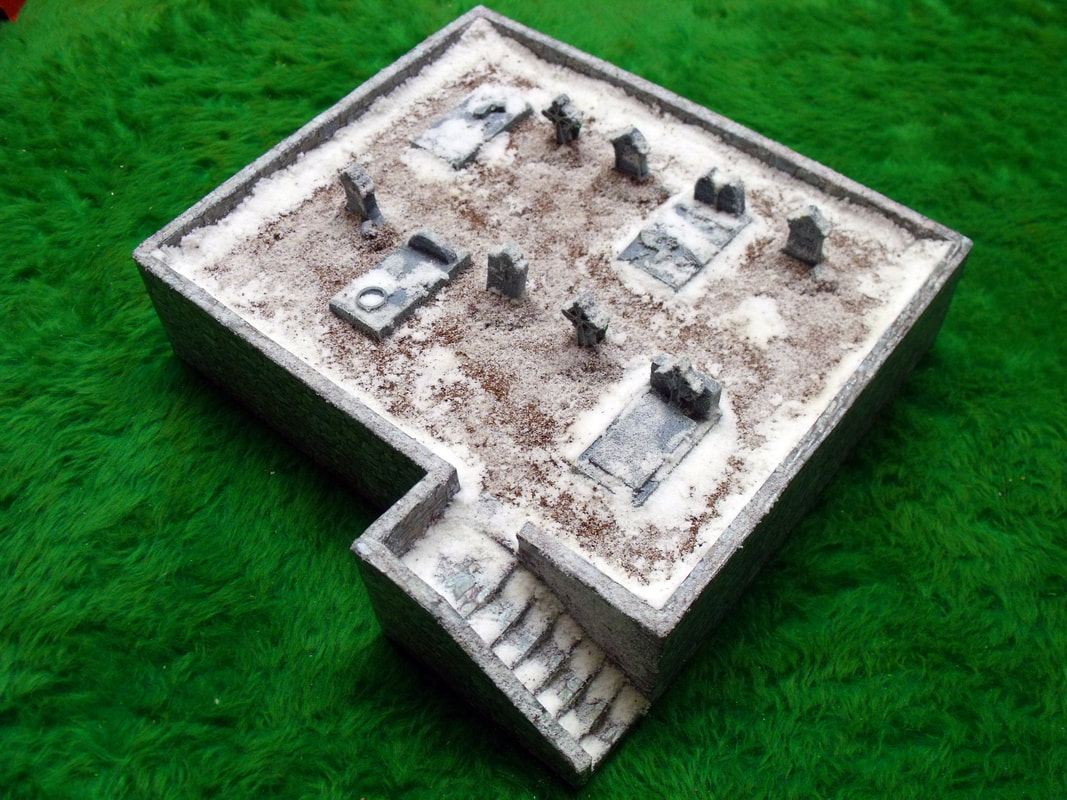

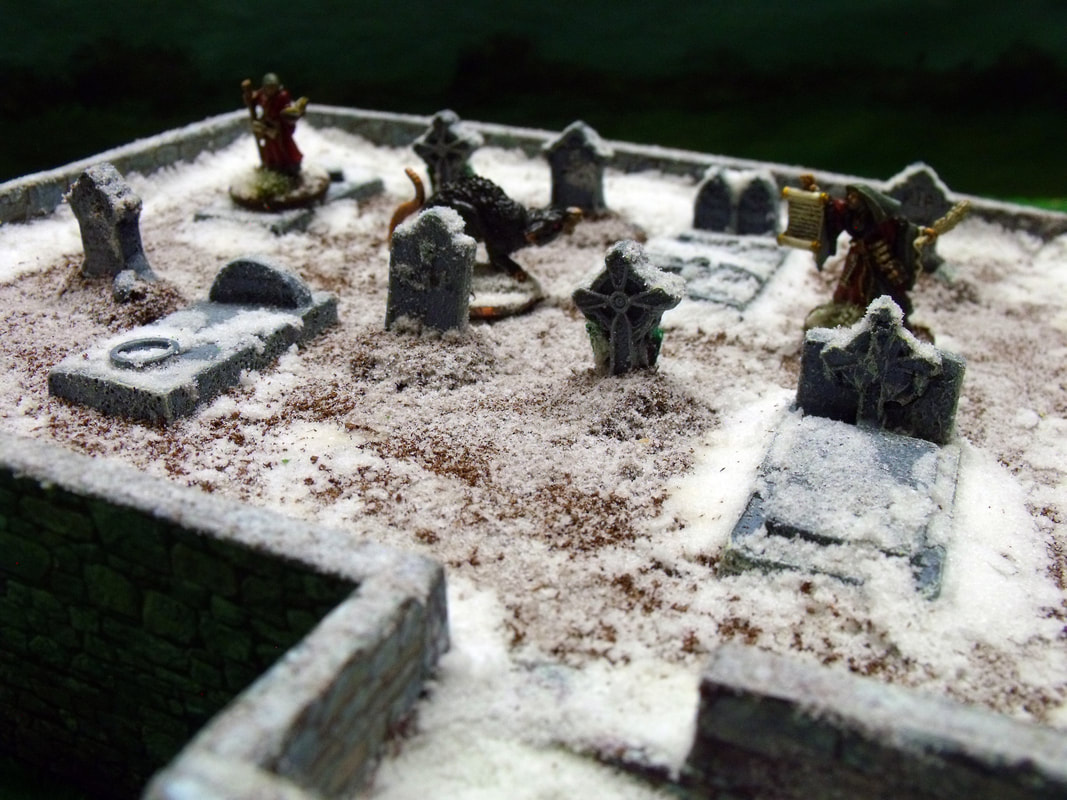
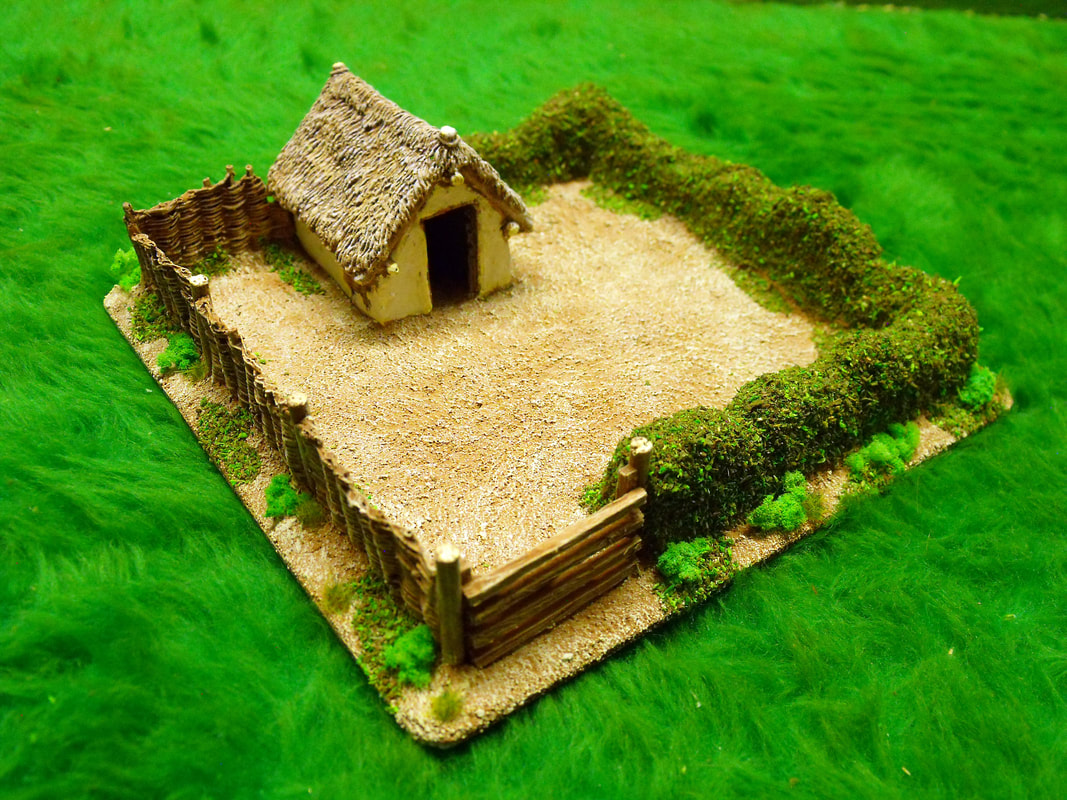

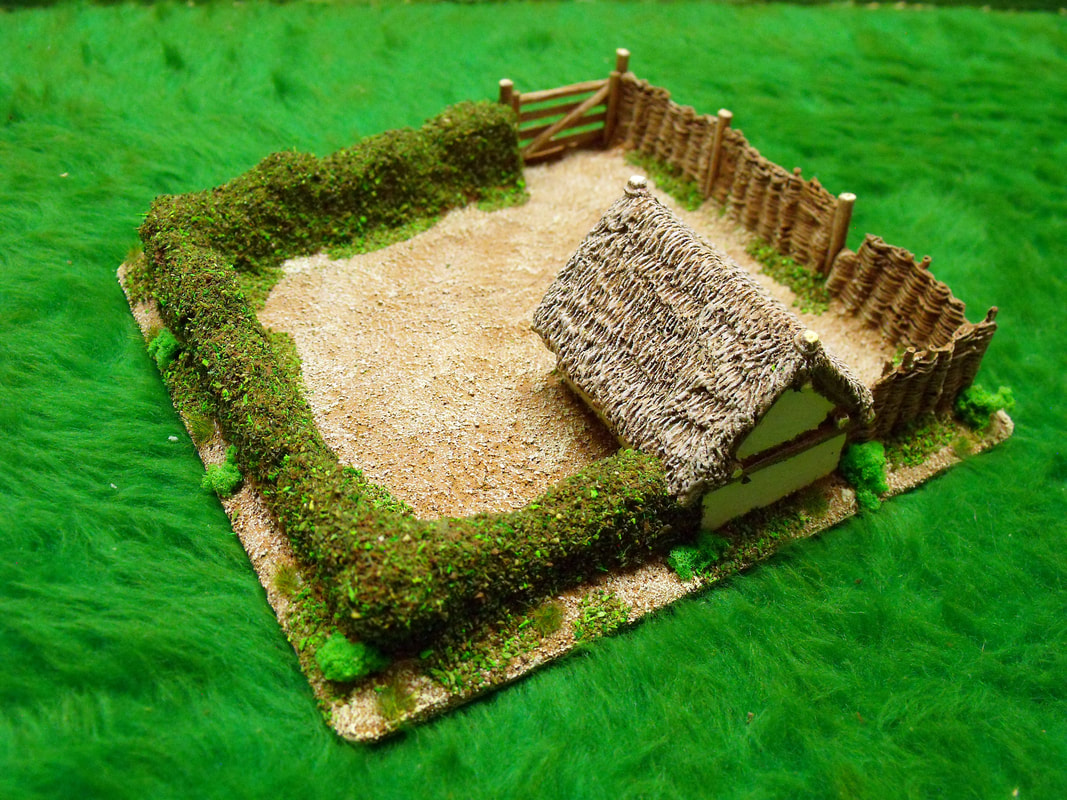
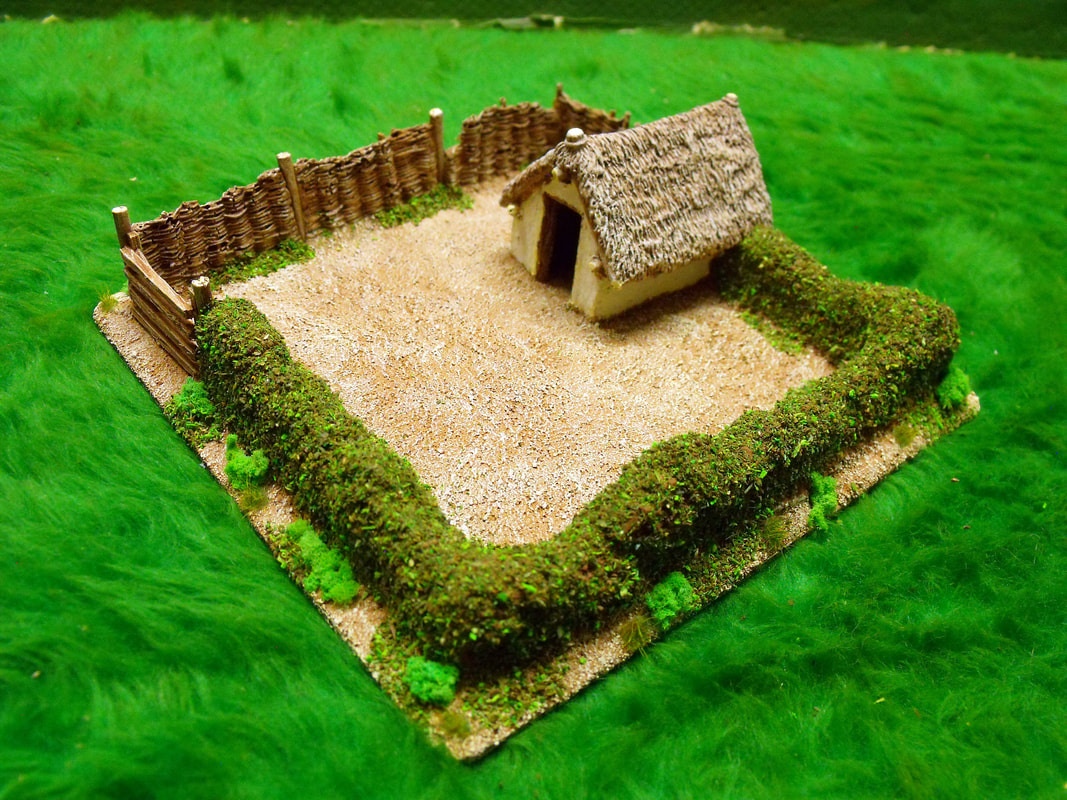
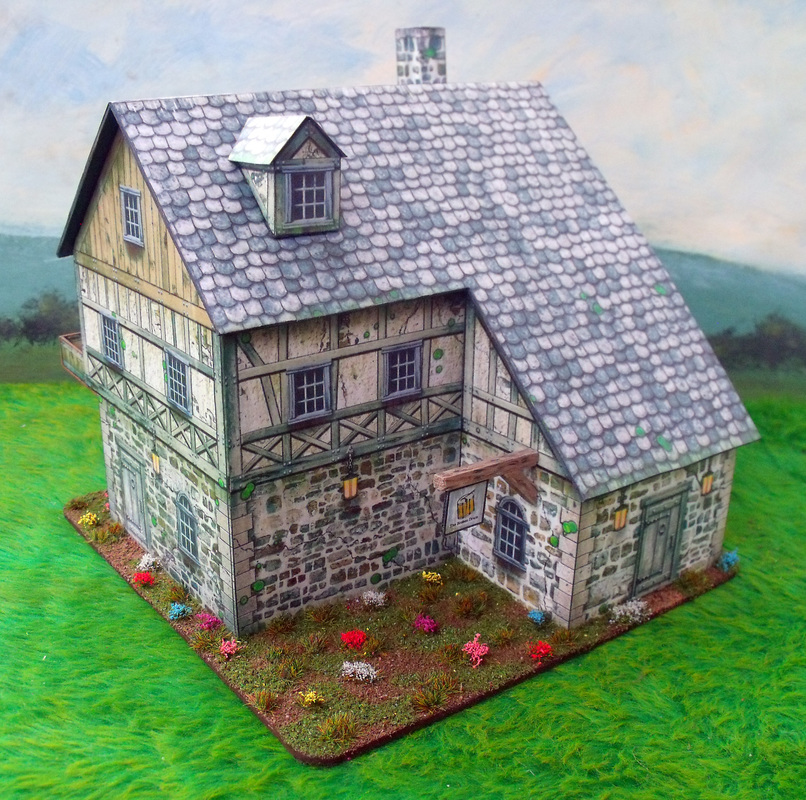

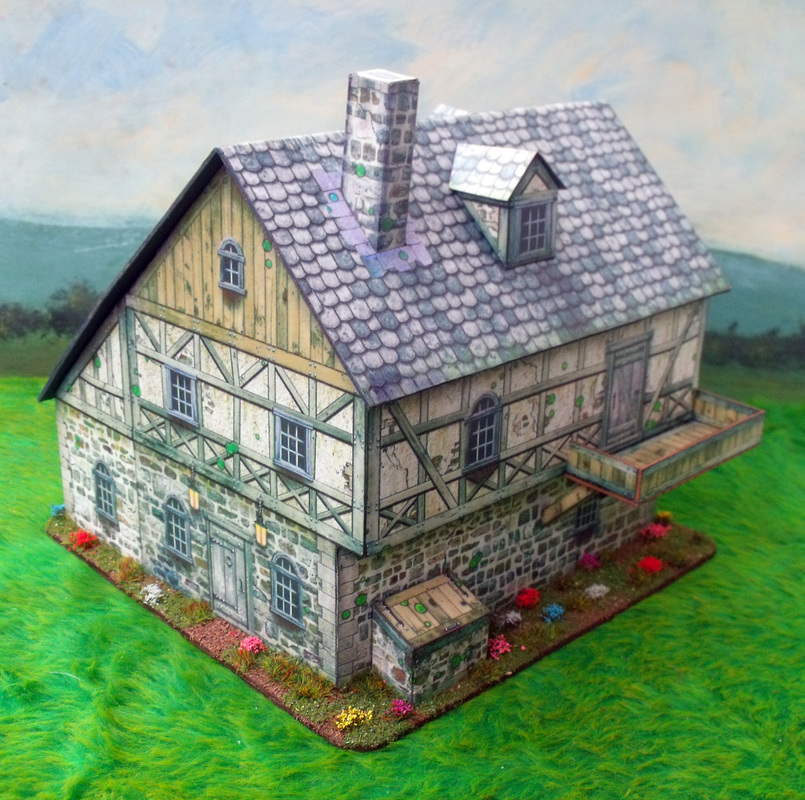
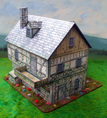
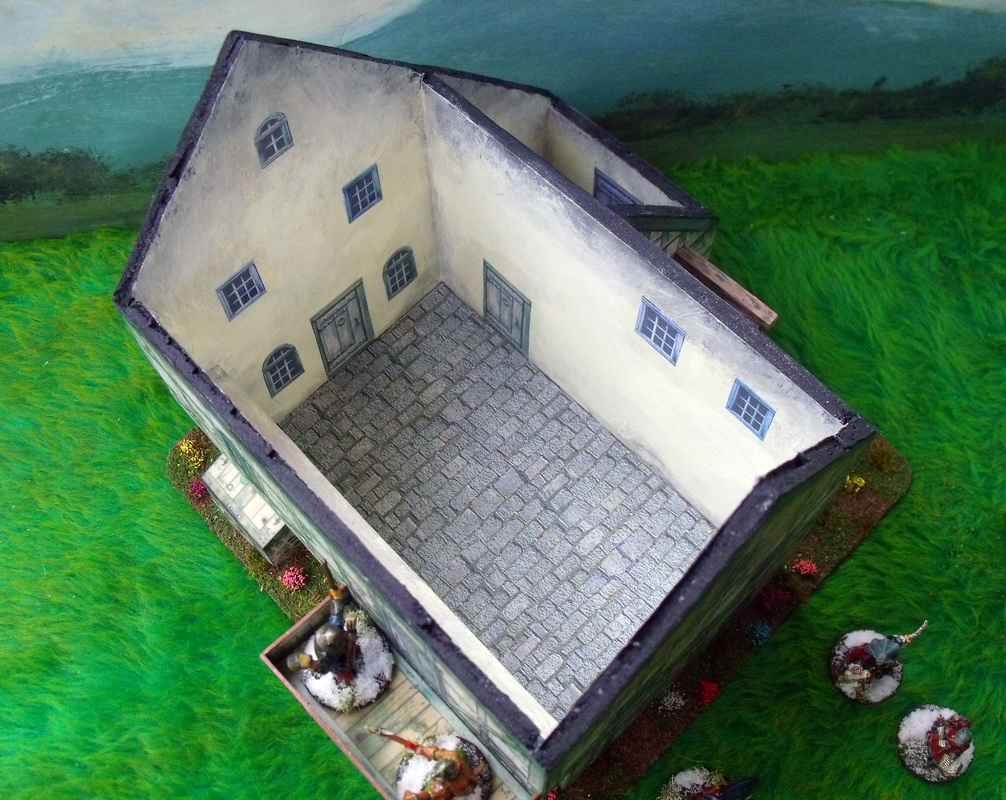
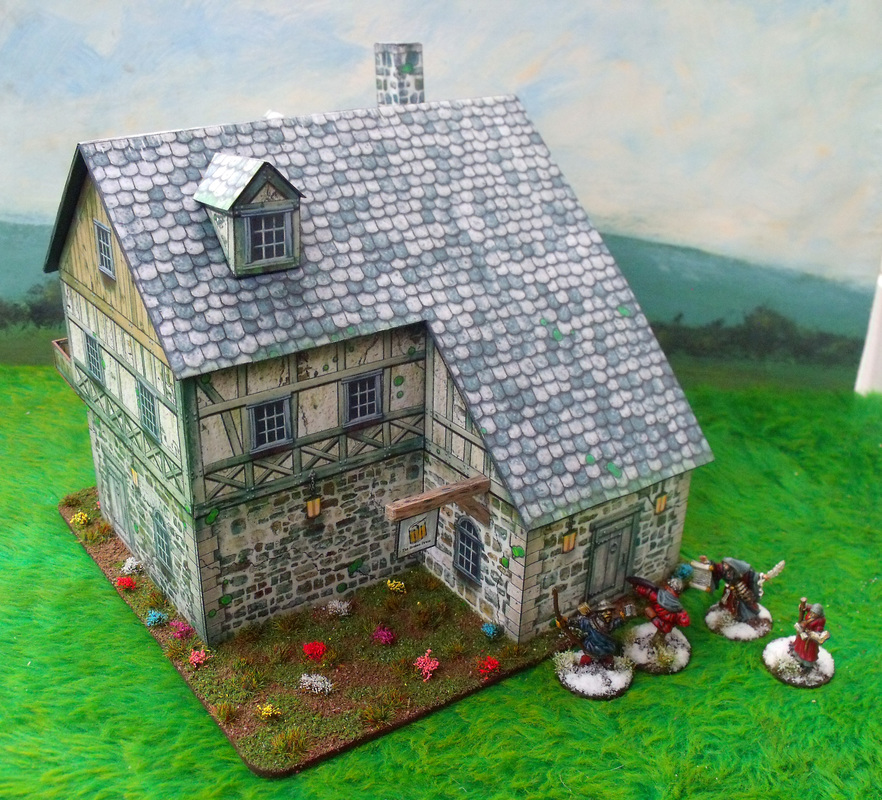
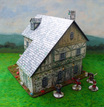

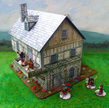
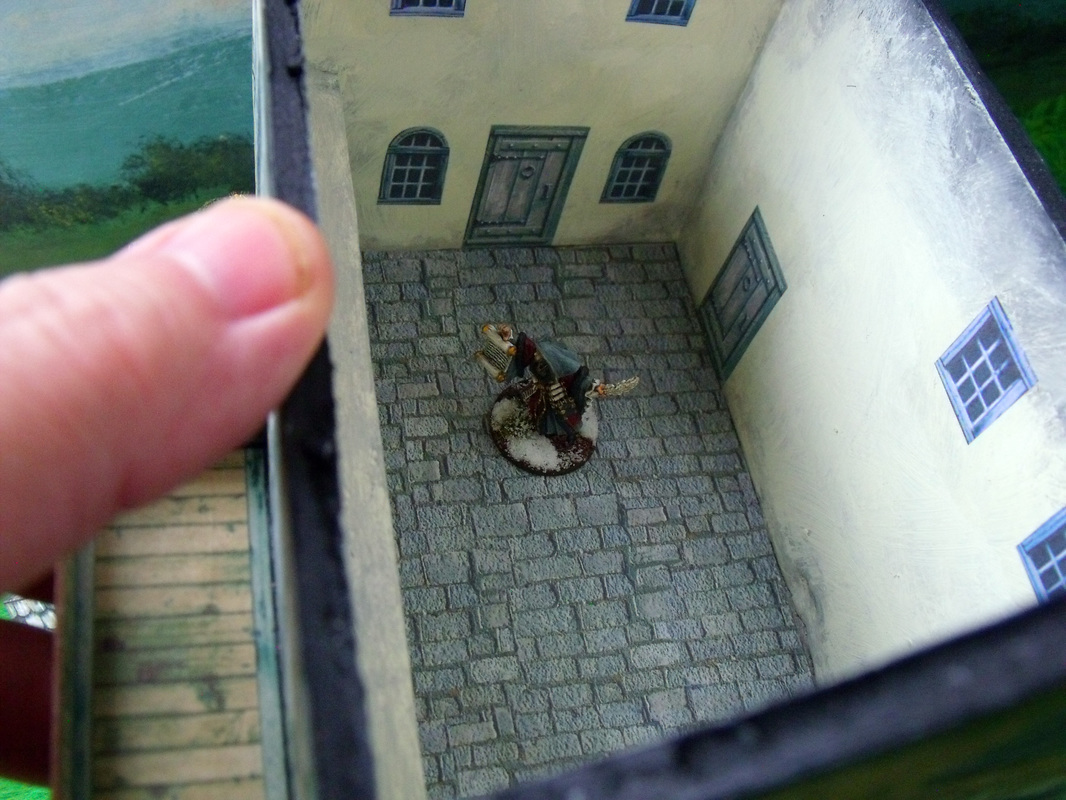
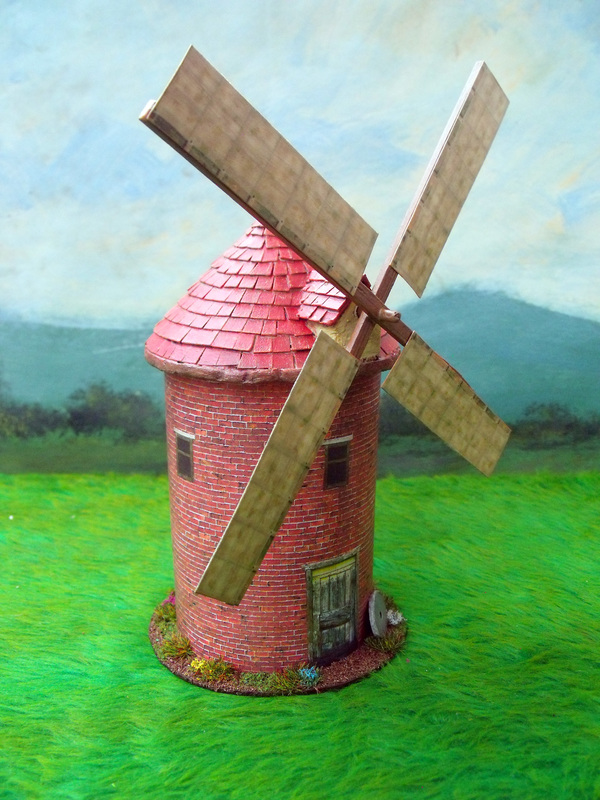

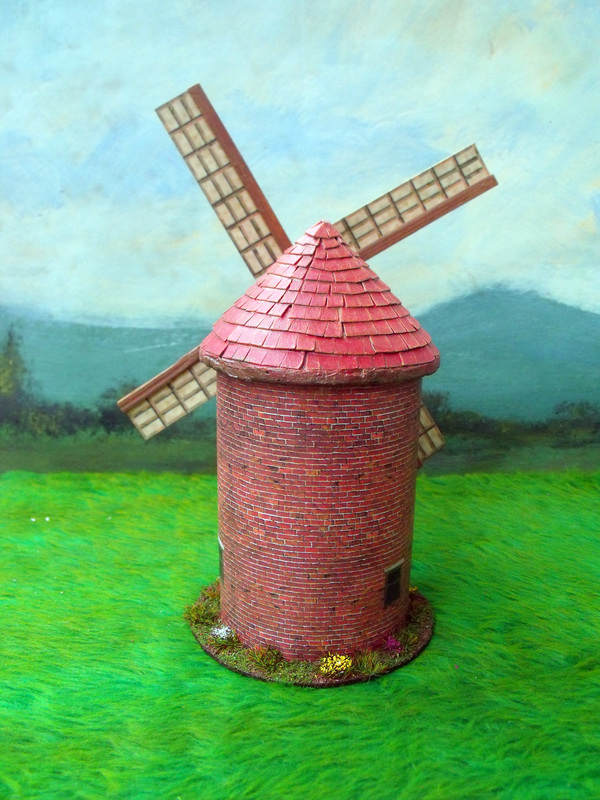
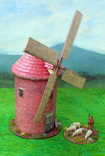

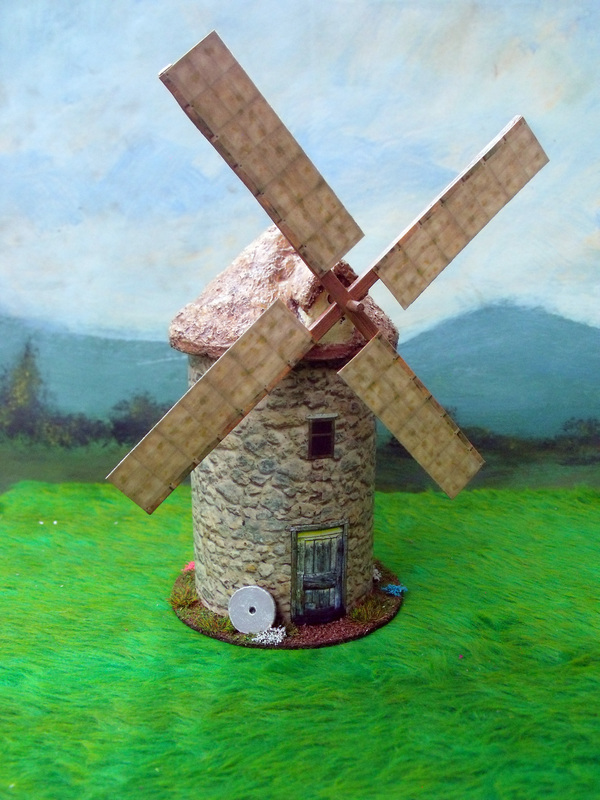


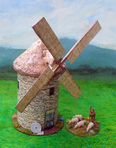
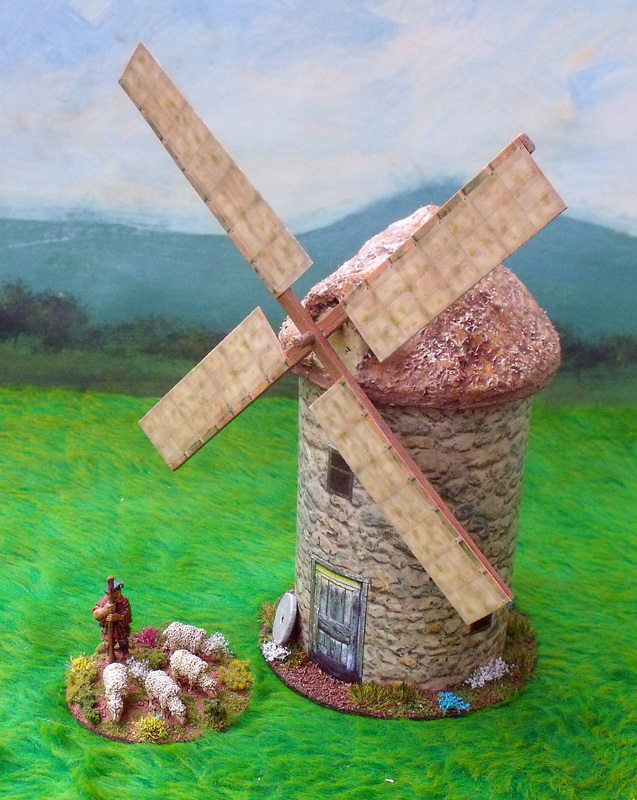



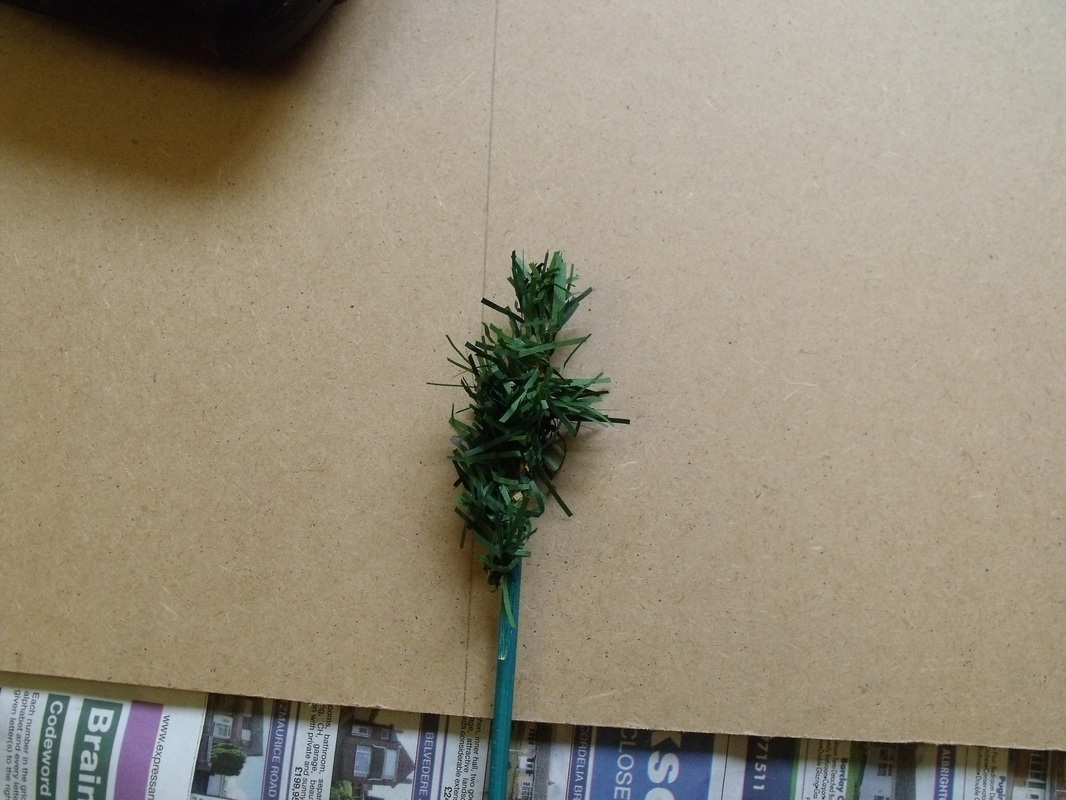


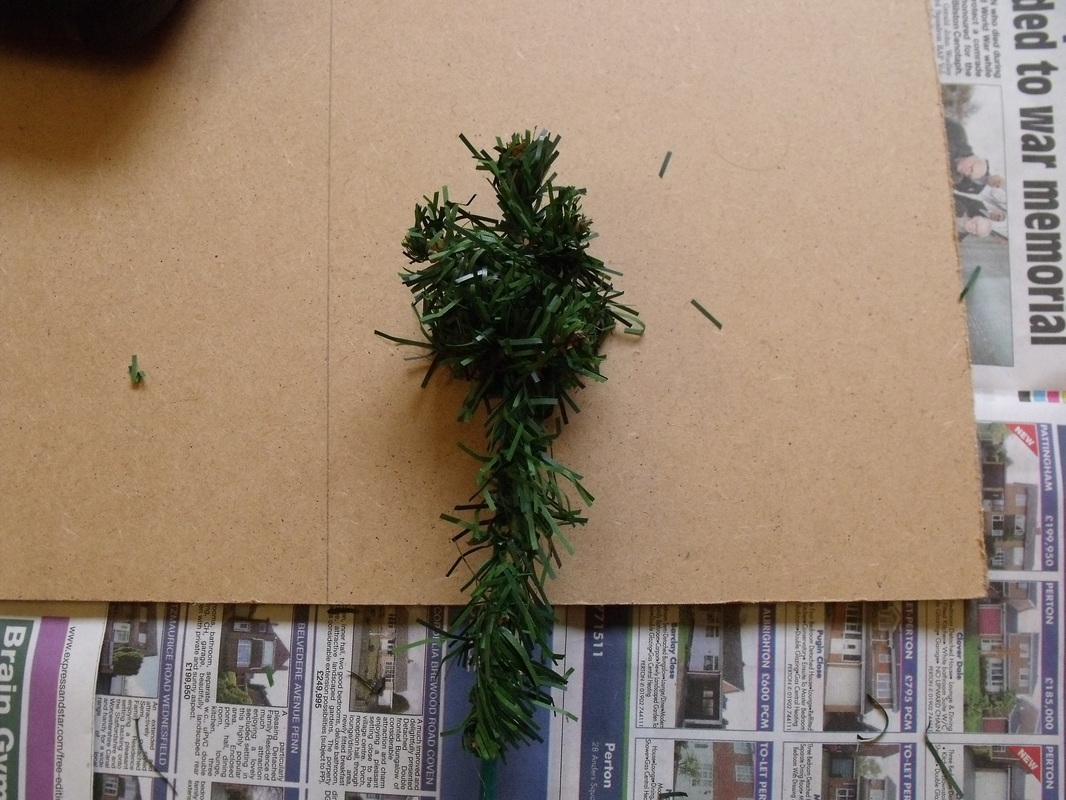


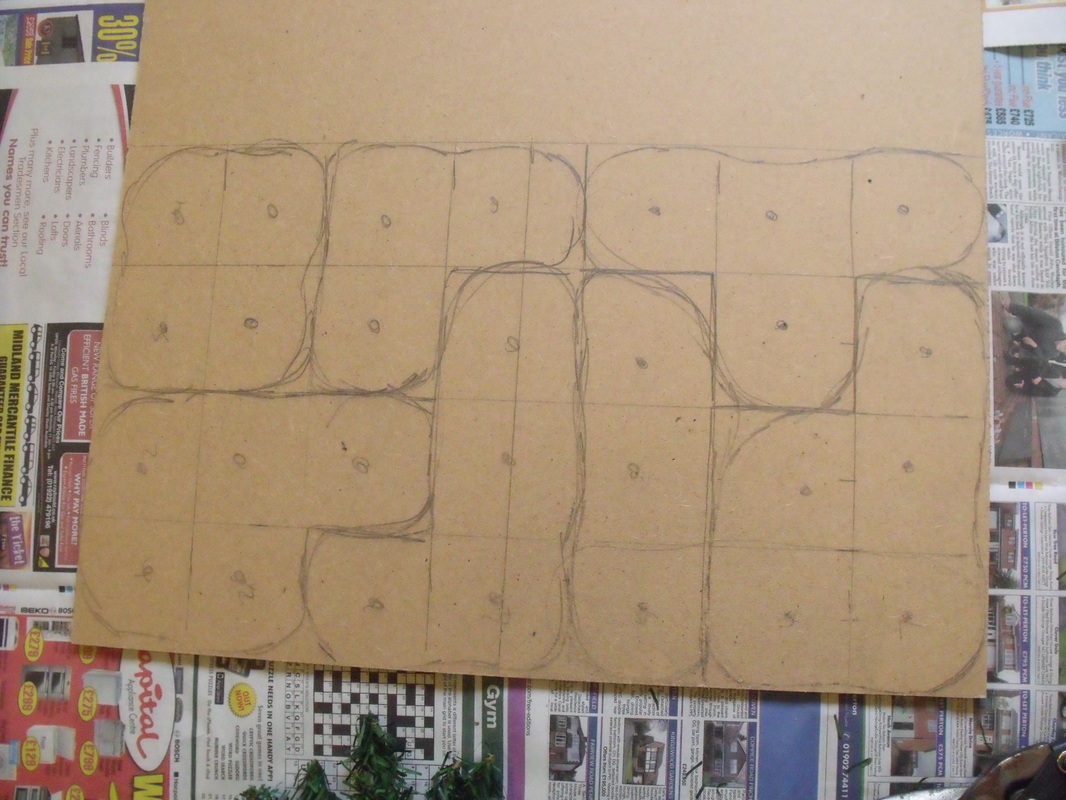
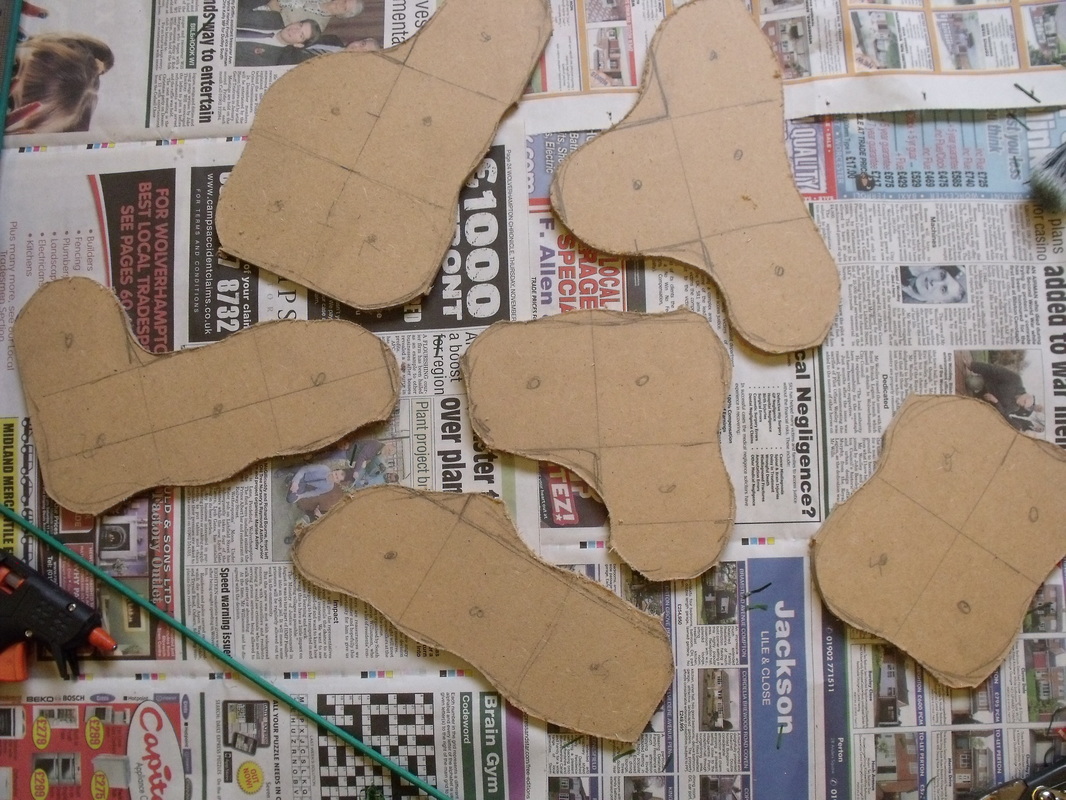

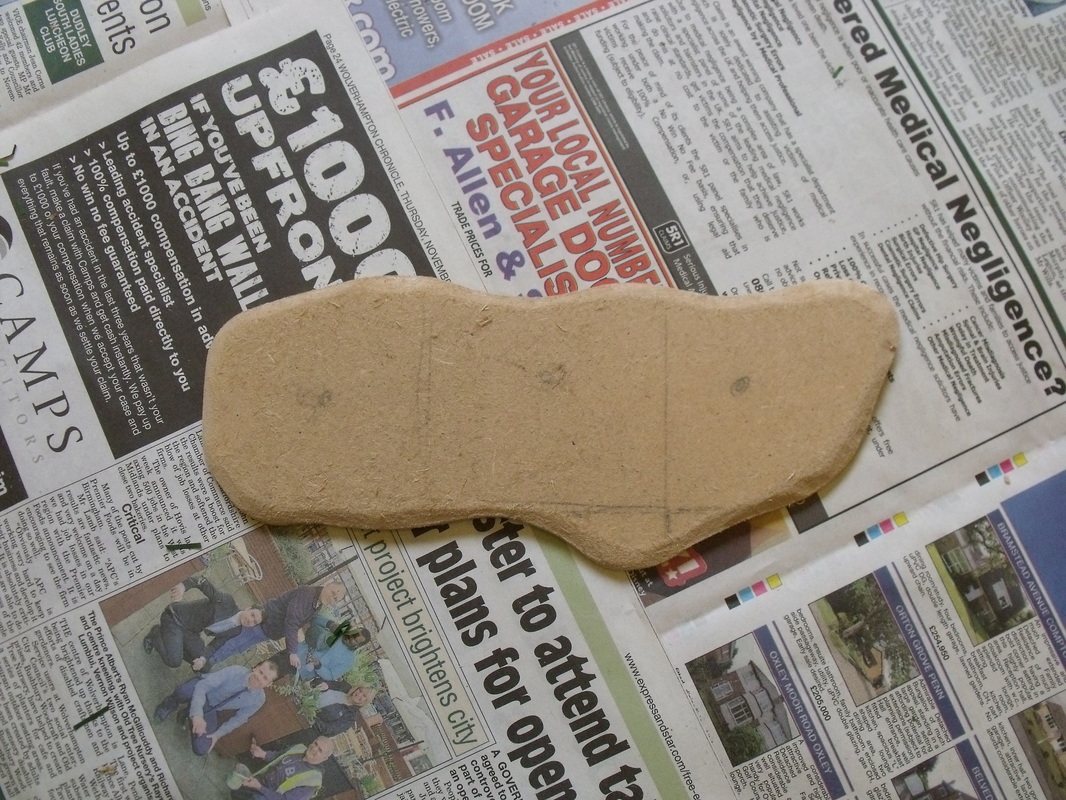

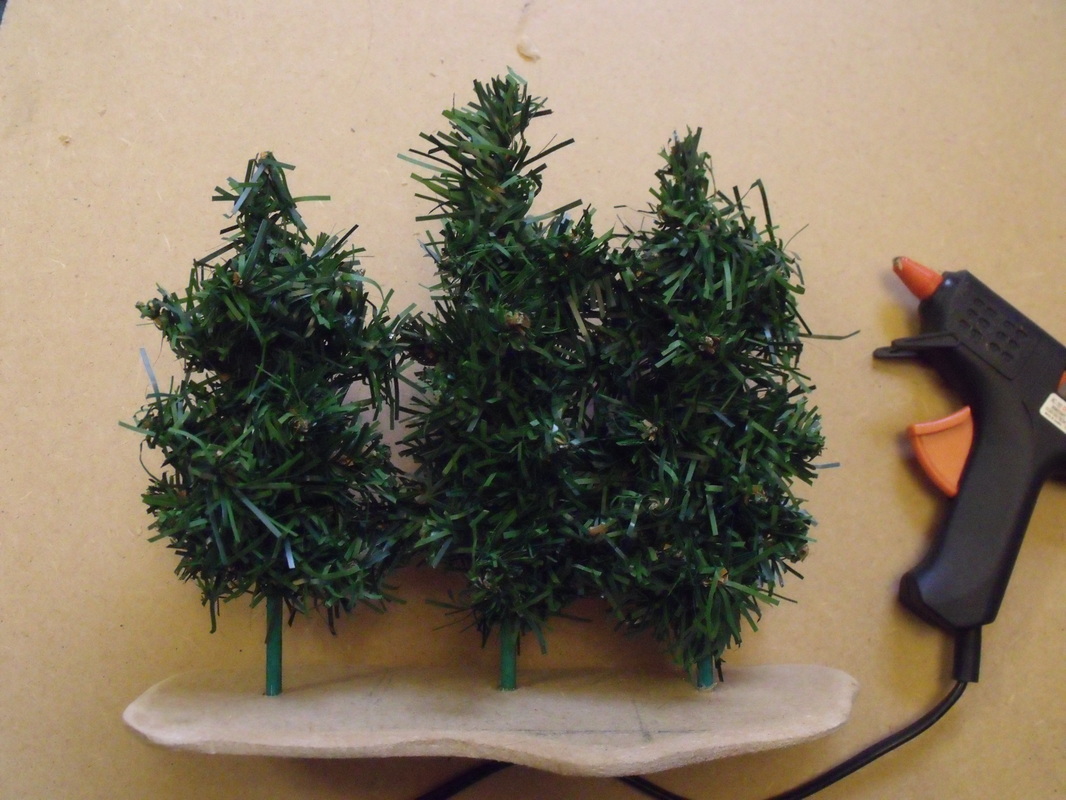
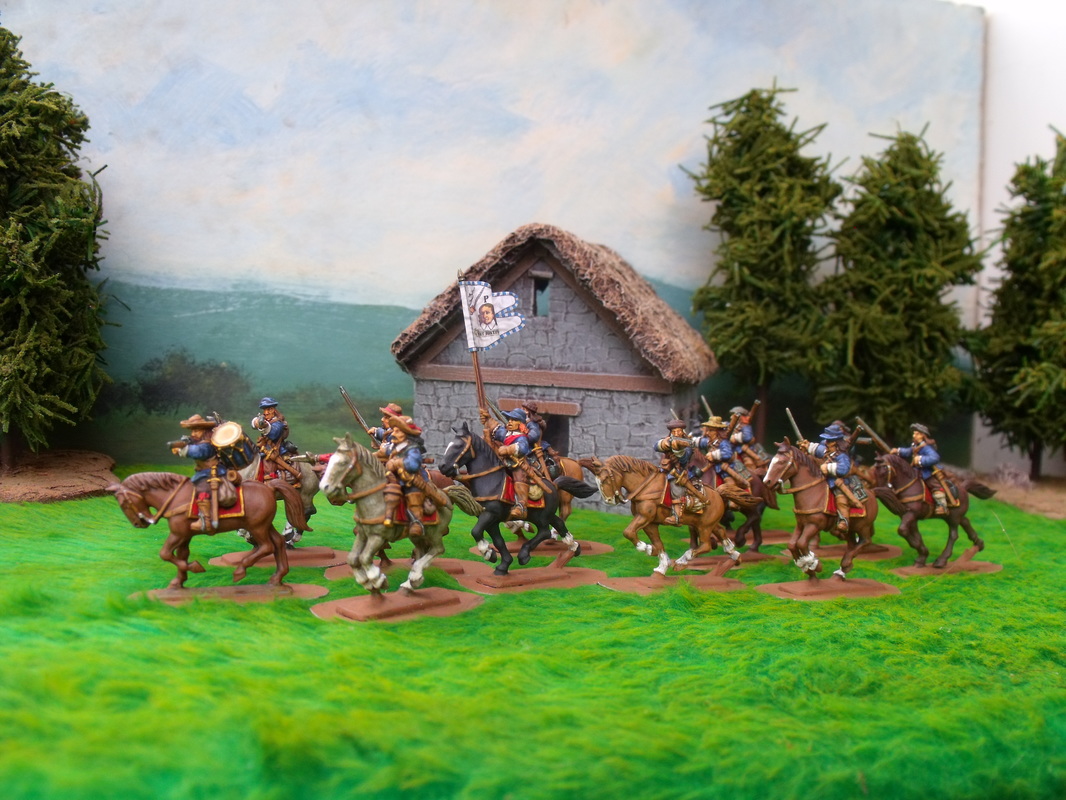
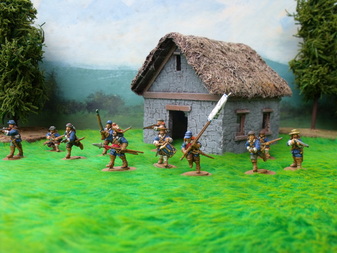


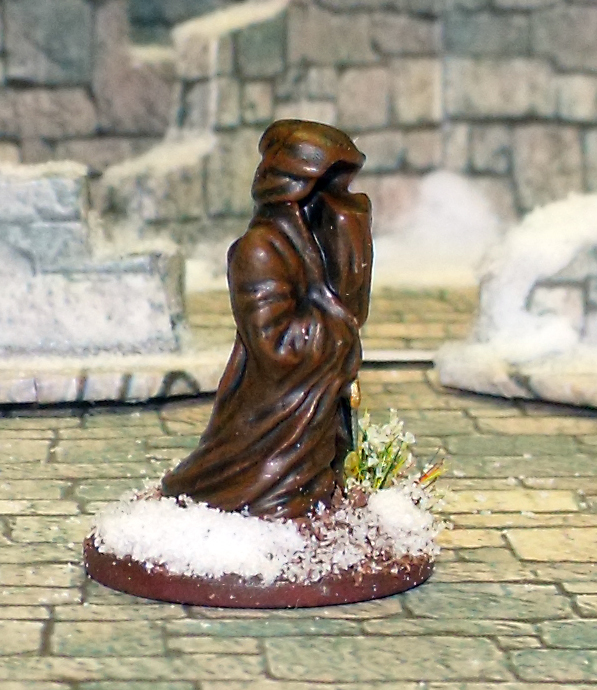
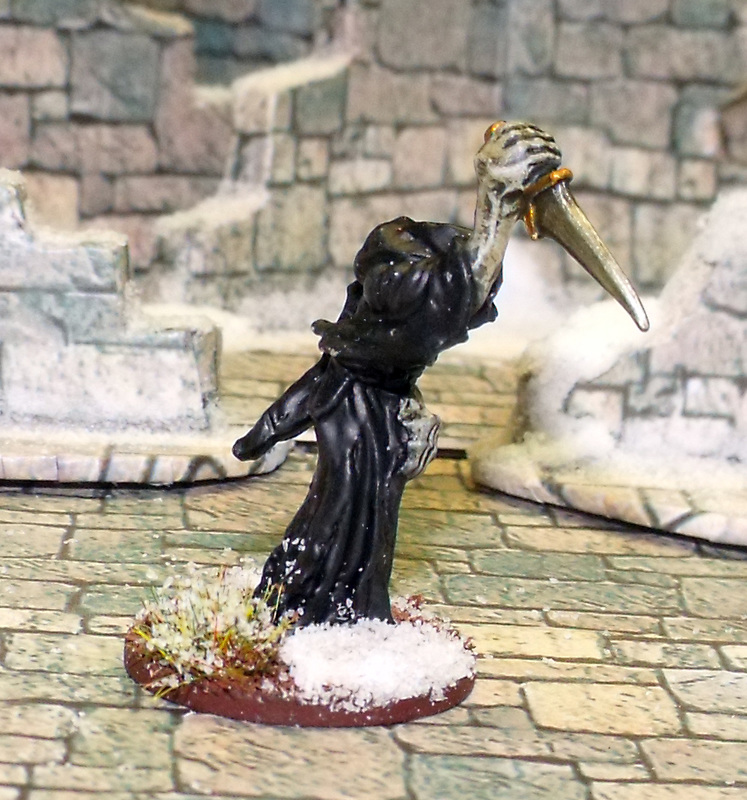
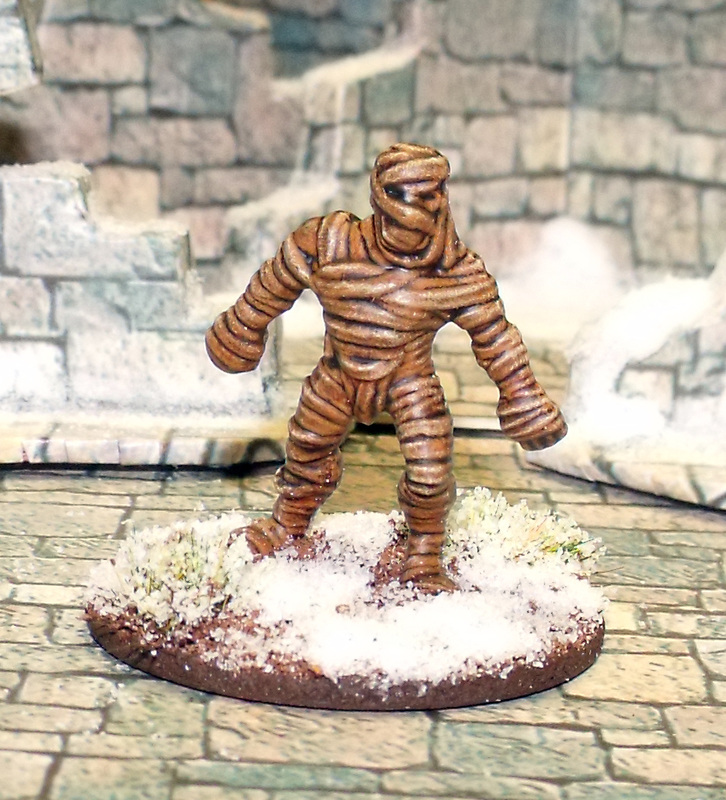





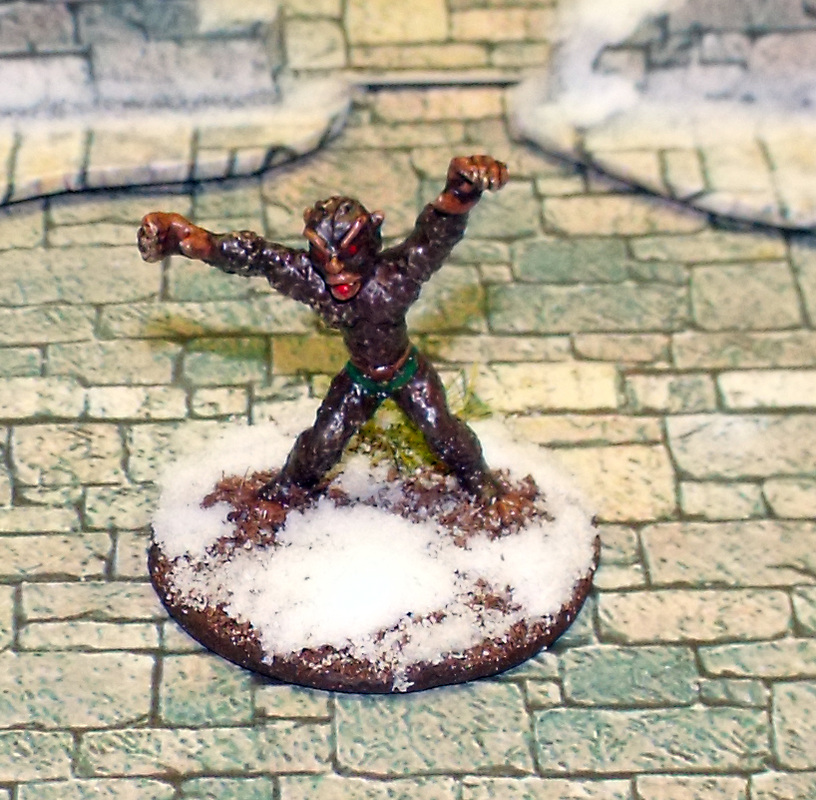

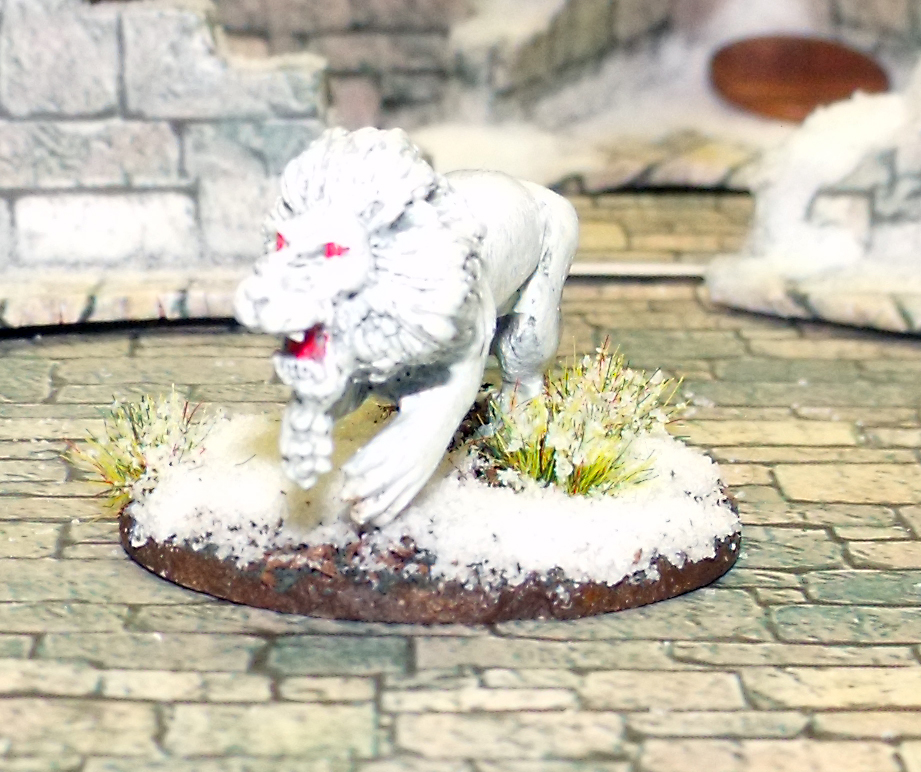
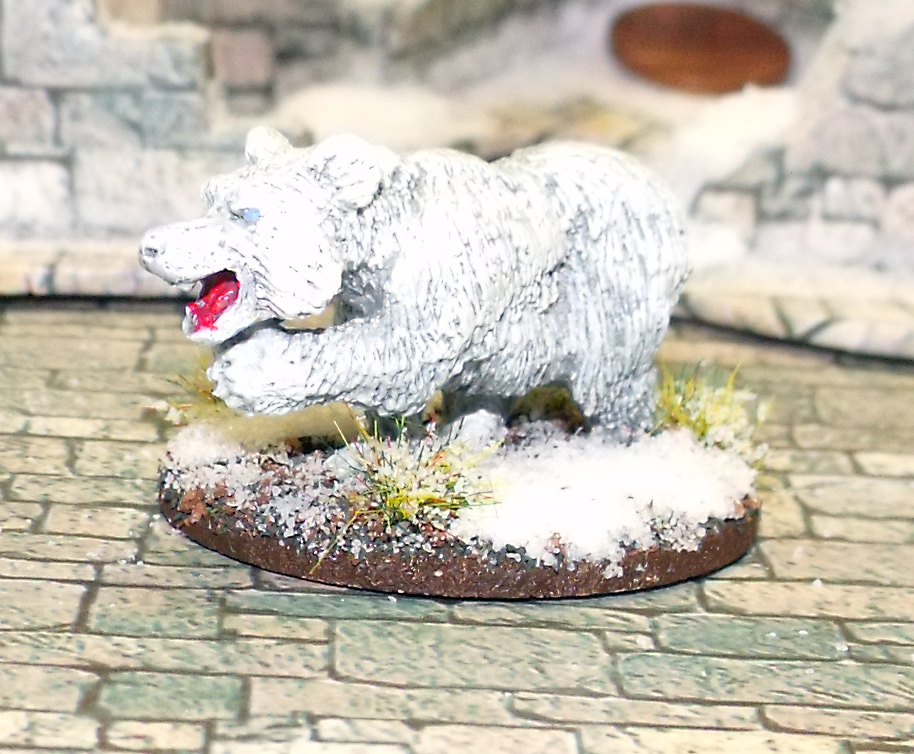
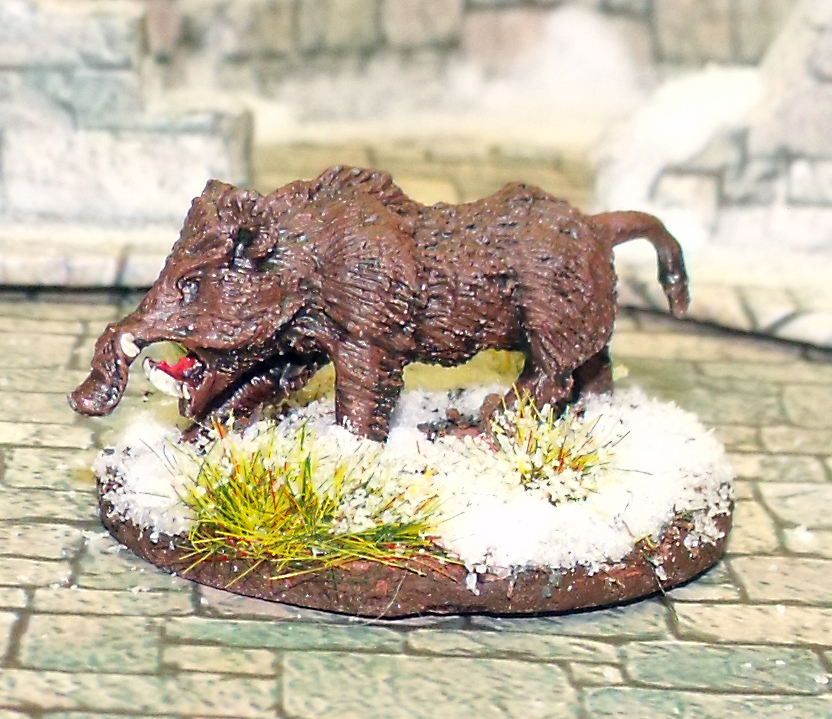
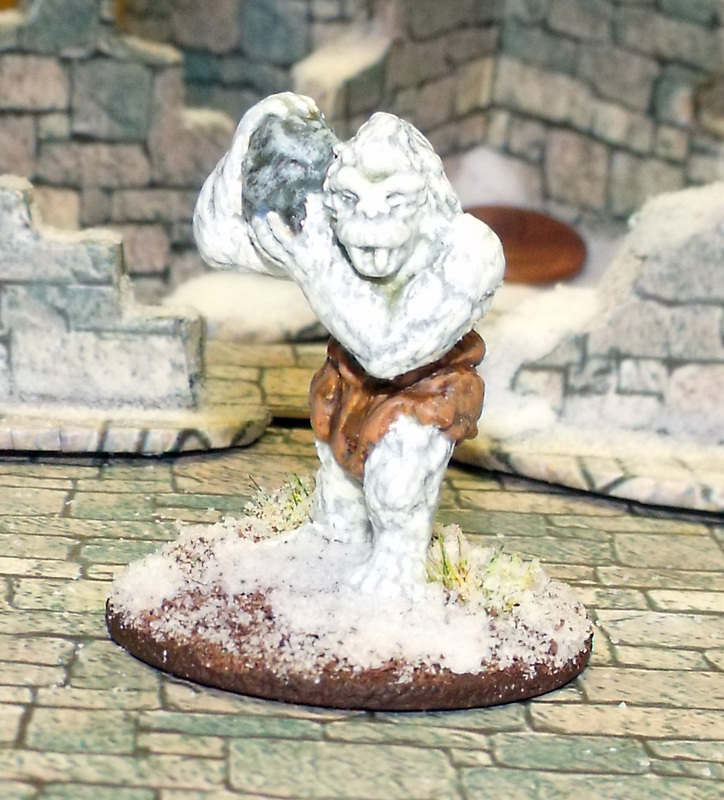





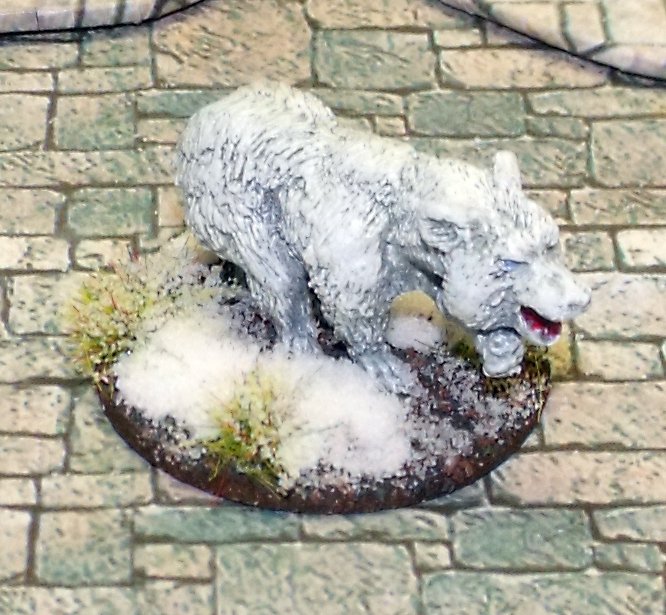



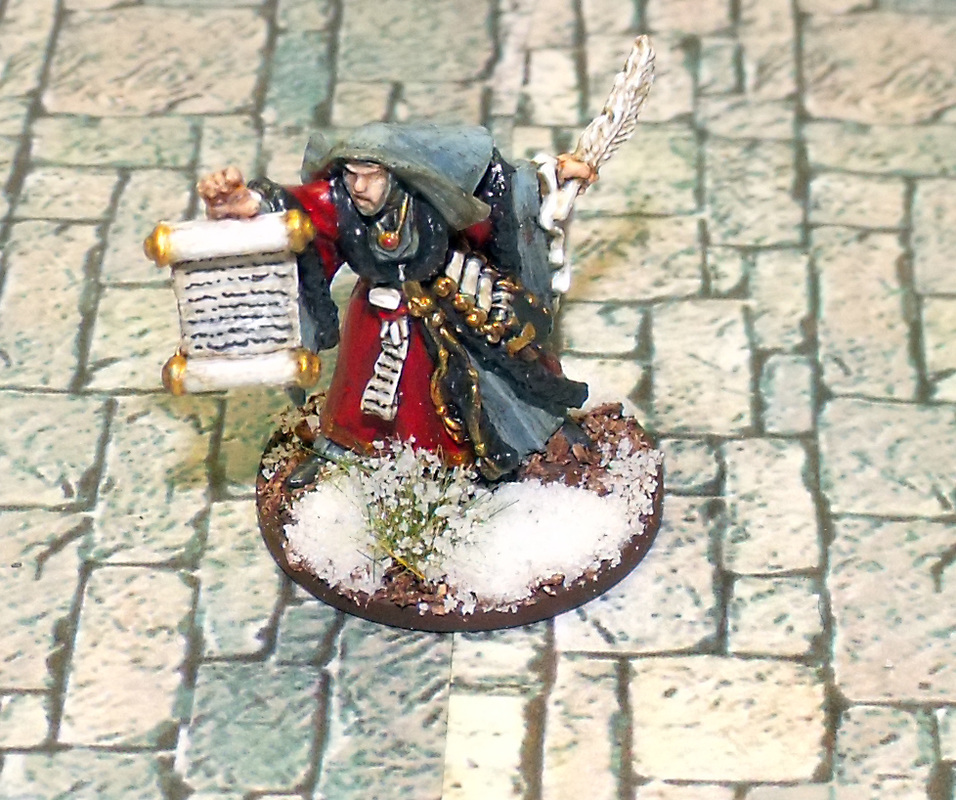
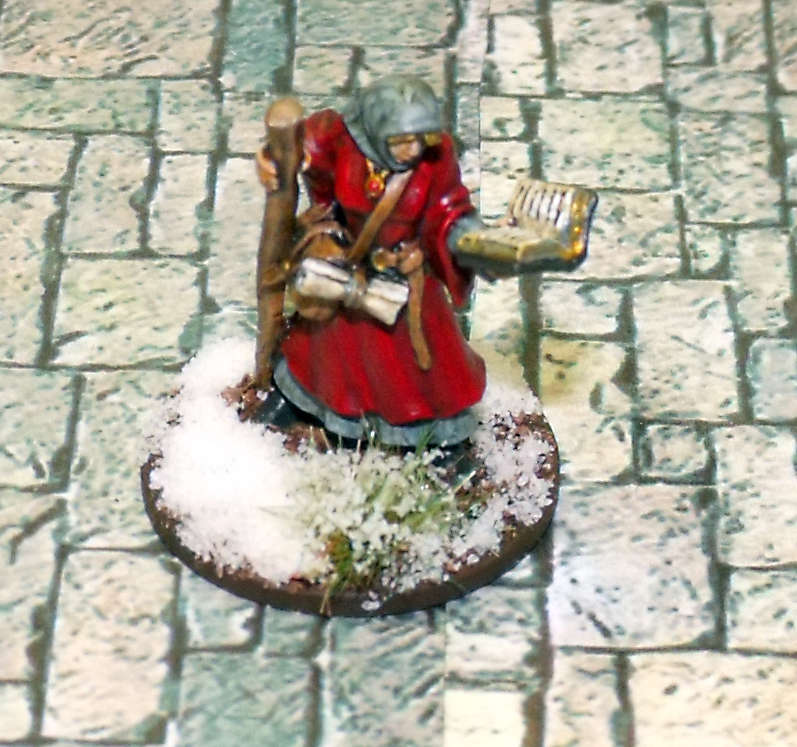


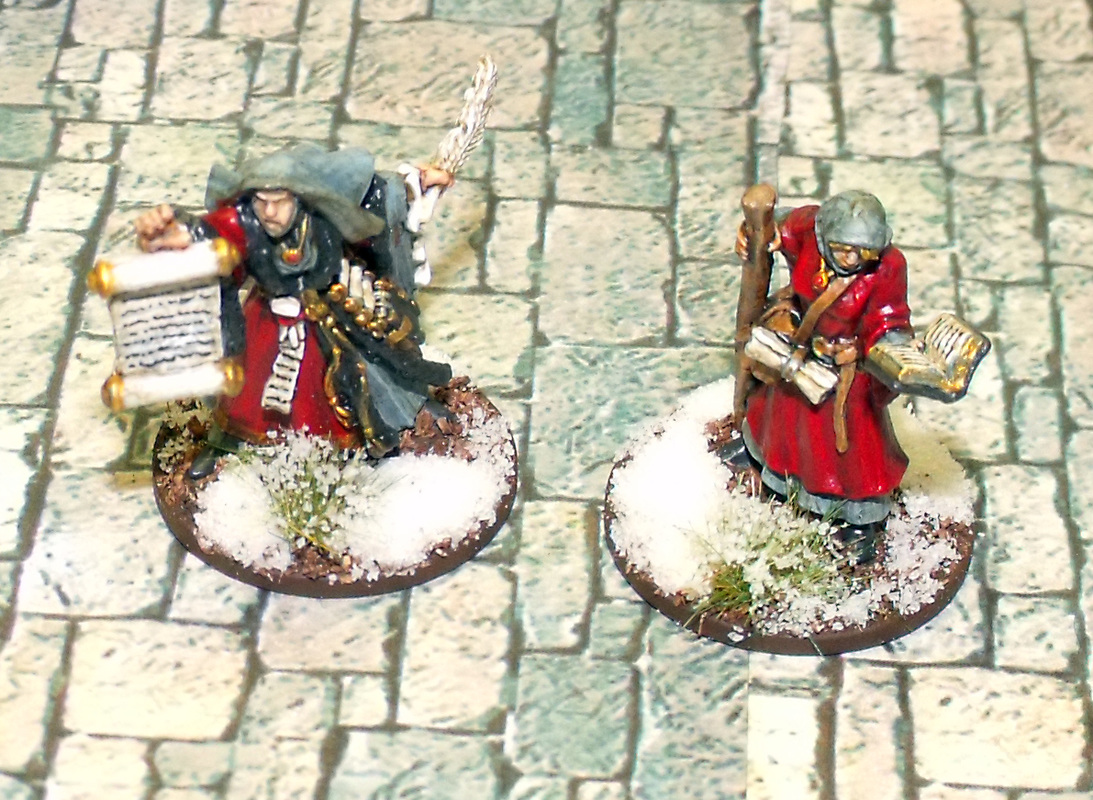

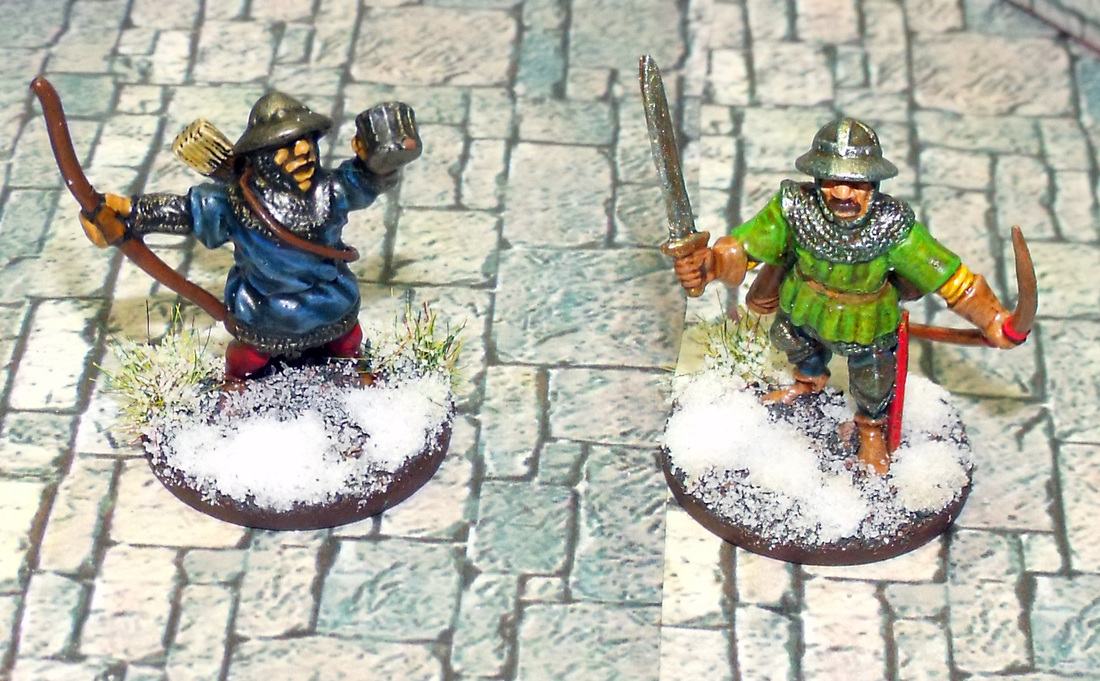



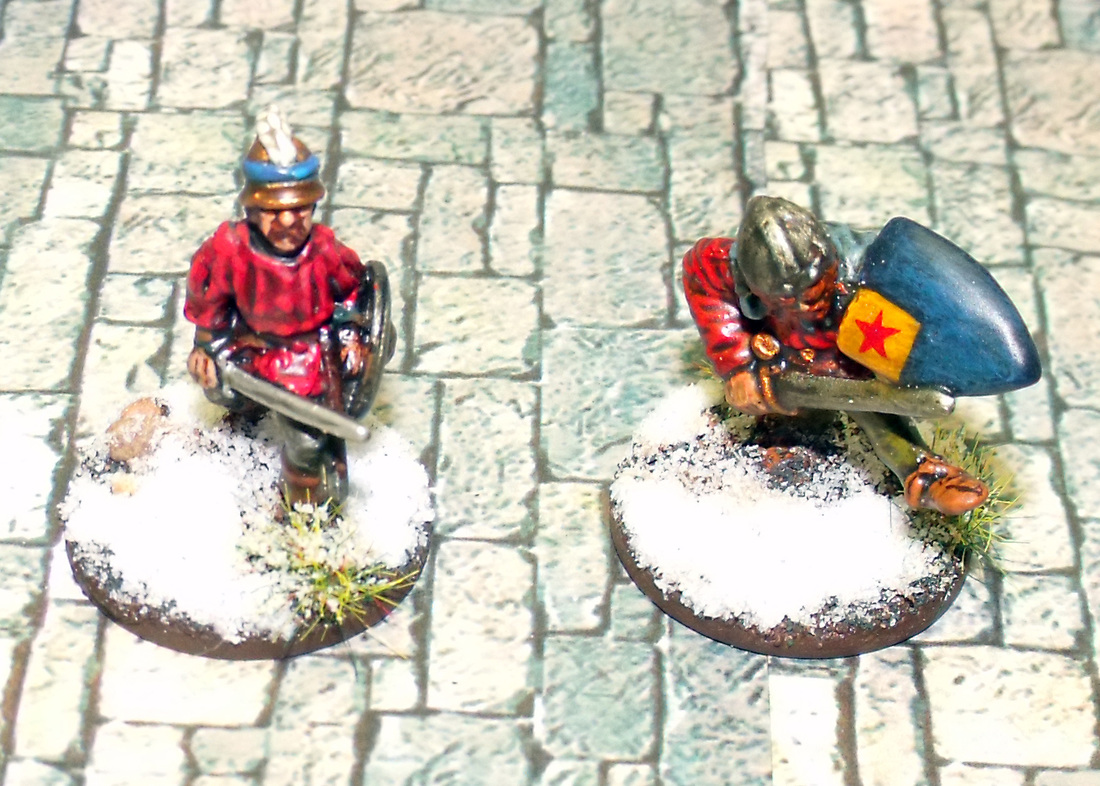

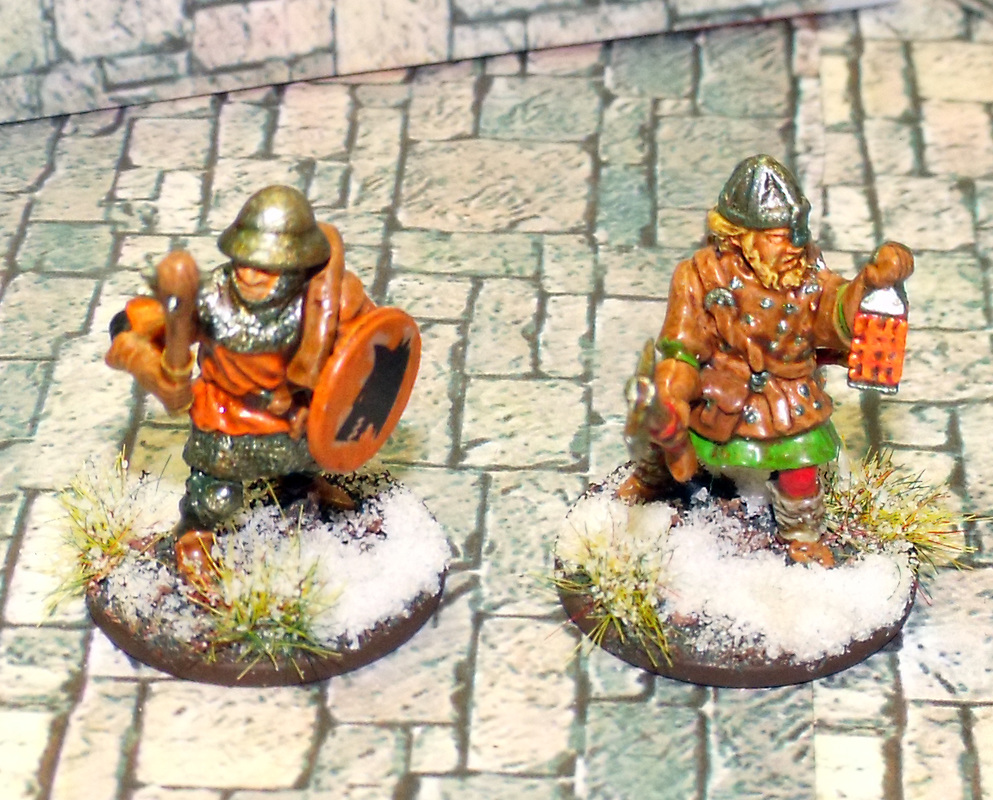
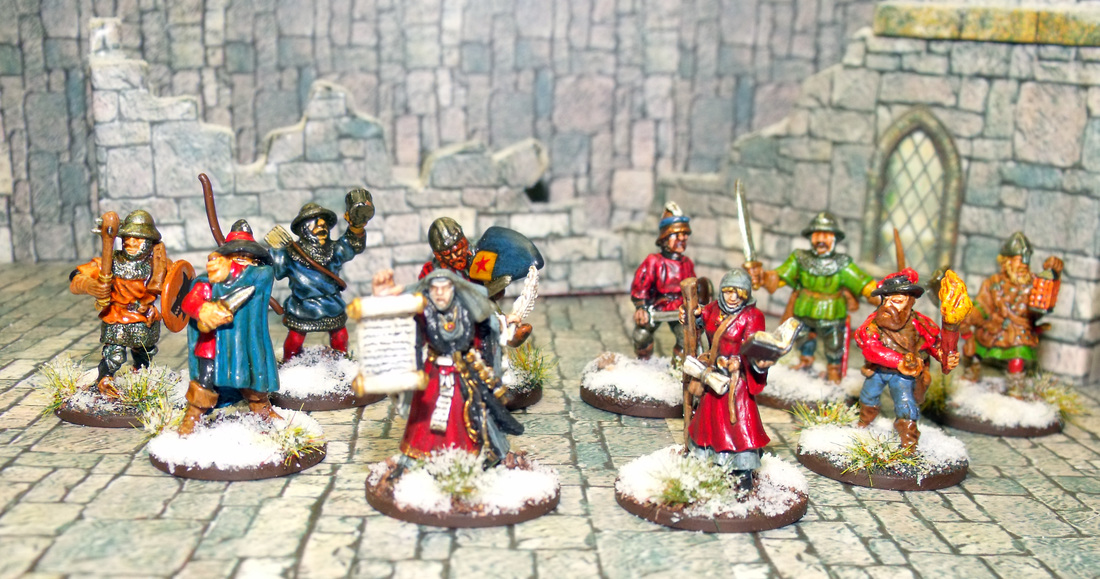
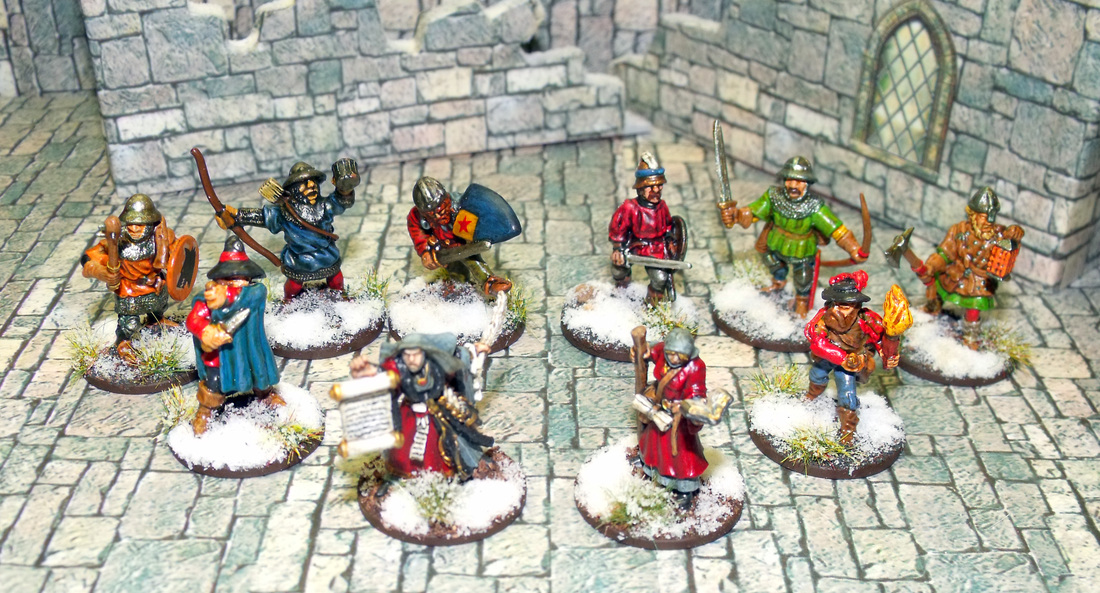
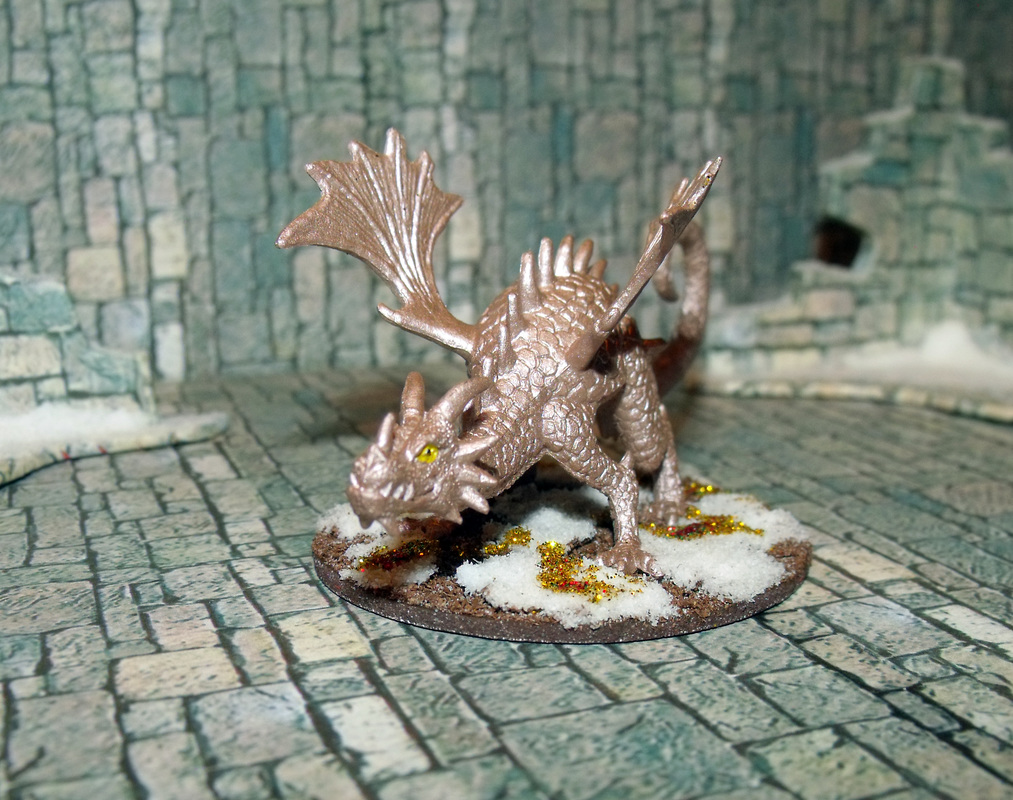
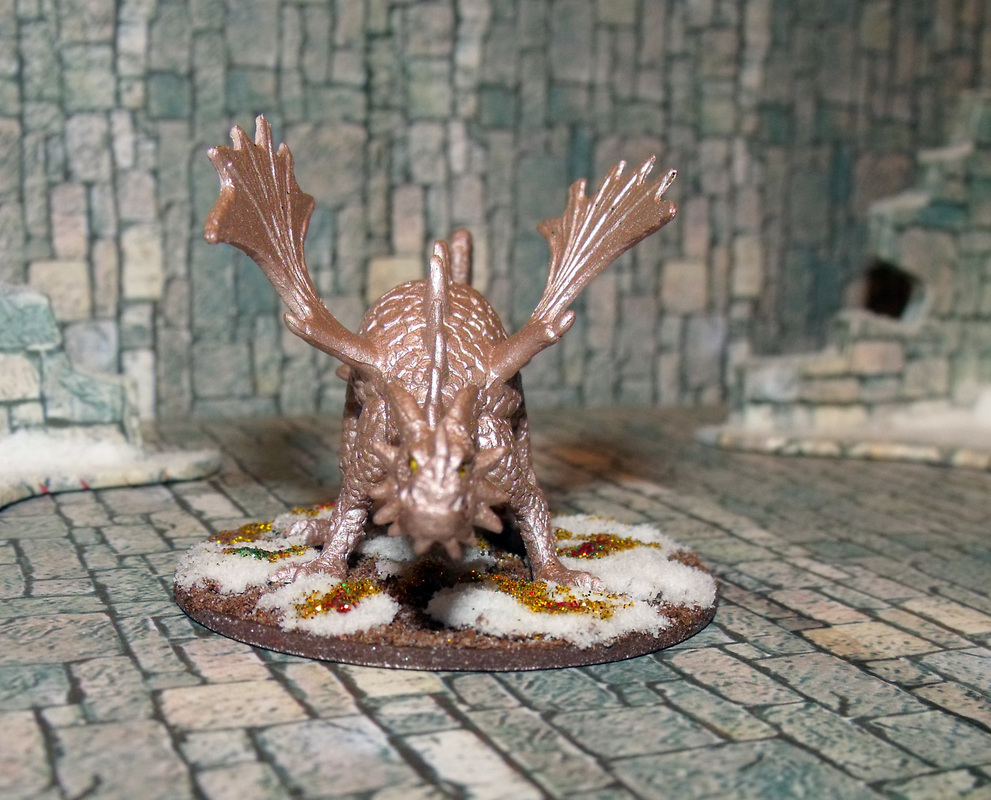



 RSS Feed
RSS Feed